Alnico Magnets
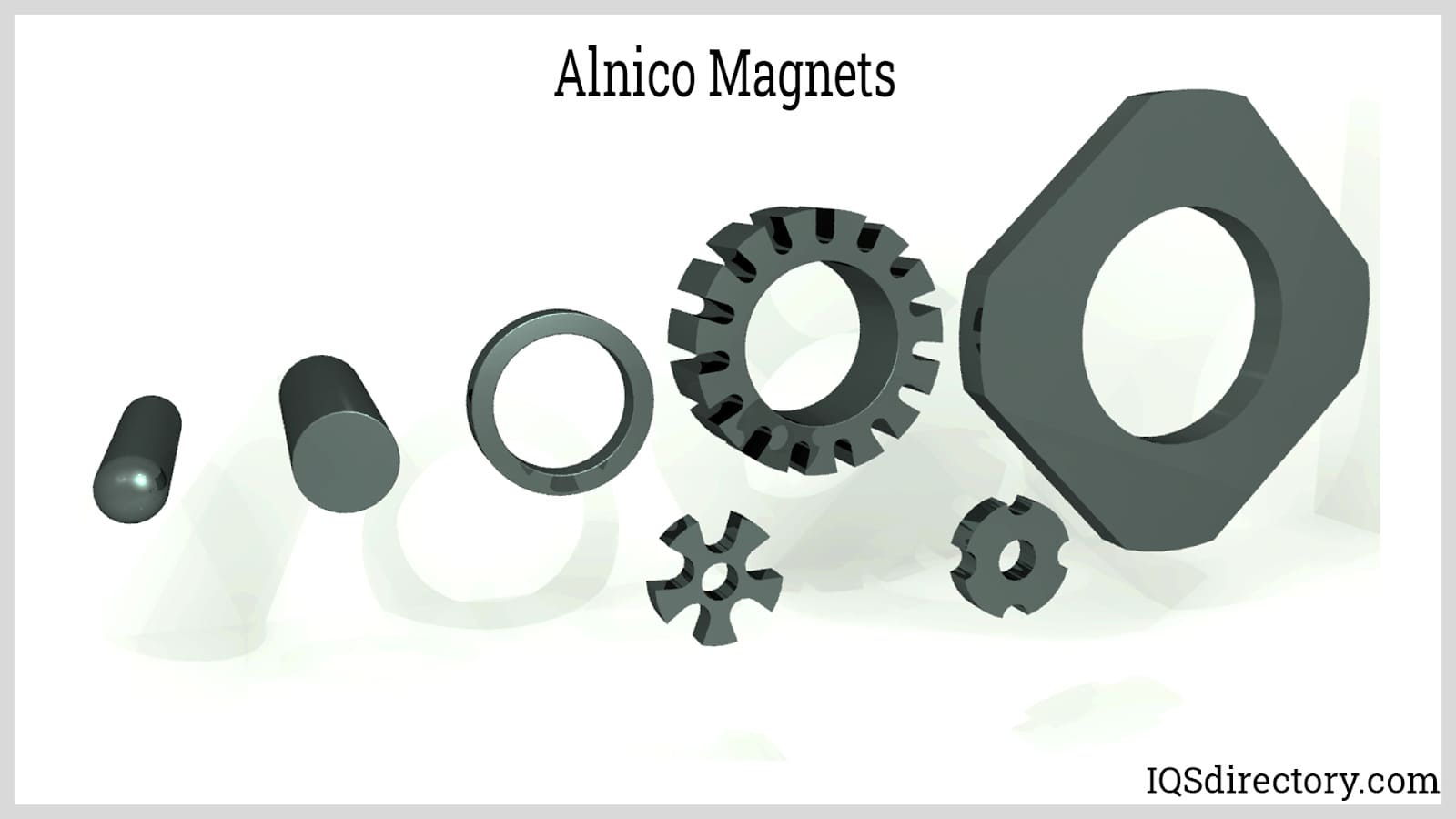
An Alnico magnet is a permanent magnet made by combiming aluminum, nickel, iron, cobalt, and other elements. They come in isotropic, non-directional, or anisotropic, mono-directional, form...
Please fill out the following form to submit a Request for Quote to any of the following companies listed on
This article will take an in-depth look at flexible magnets.
The article will bring more detail on topics such as:
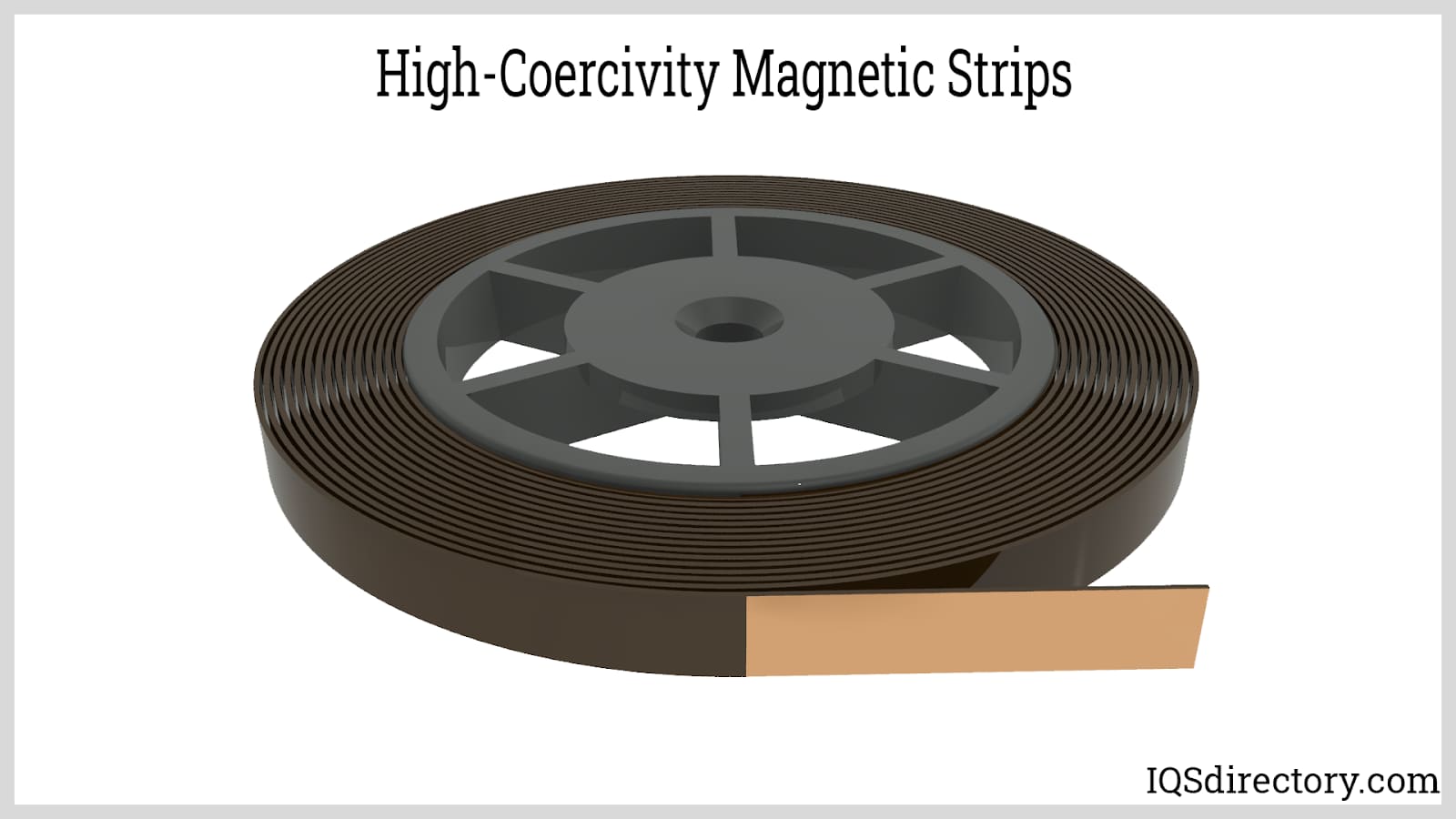
In this chapter, we’ll explore the fundamental concepts of flexible magnets, delving into their production process and how they function.
Flexible magnets are composite materials where magnetic particles are set within an elastomer matrix. They are manufactured by blending rubber polymer resin with ferrite powder, which is then shaped using either extrusion or rolling techniques. The final steps involve magnetizing the material and applying a vinyl or adhesive laminate.
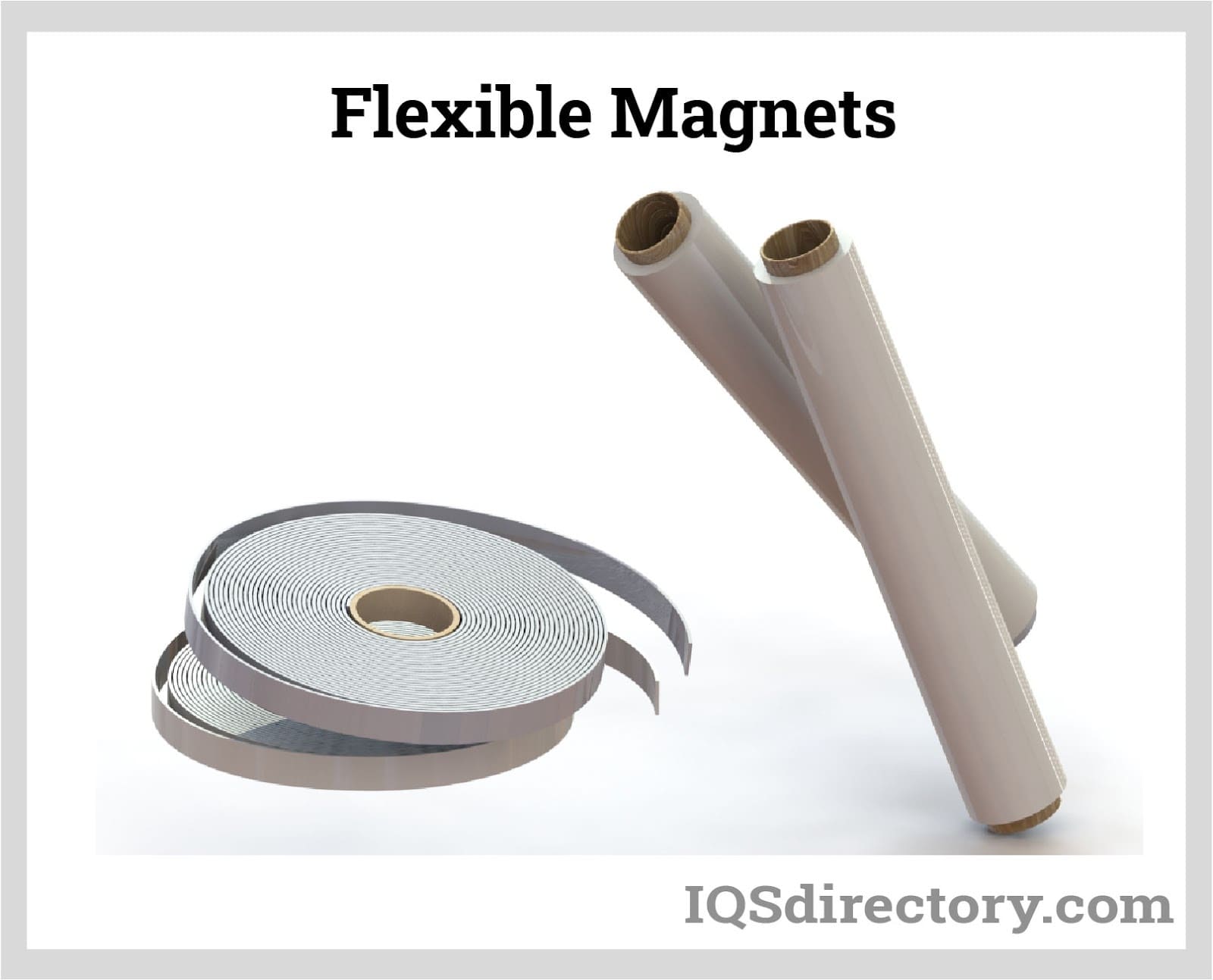
These magnets benefit from combining the flexibility of rubber with the magnetism of elastomers, making them suitable for a wide range of technical applications.
As their name suggests, flexible magnets are designed to be pliable and adjustable, catering to specific application needs. They can be easily cut into various shapes, making them ideal for custom and specialized applications.
Flexible magnets find applications across different industries, from manufacturing to households, schools, and businesses. Their flexibility allows them to adapt to diverse uses and can be shaped during or after production. Typically, flexible magnets are manufactured through calendering or extrusion.
While flexible magnets provide unique benefits over traditional solid magnets—like adaptability and customizability—they may not be as durable in specific contexts. Collaborating with a trusted and experienced manufacturer is essential to ensure that you receive solutions tailored to your application’s specific requirements.
Flexible magnets are often divided into two primary types based on their production methods: magnetic sheets and extruded magnetic profiles.
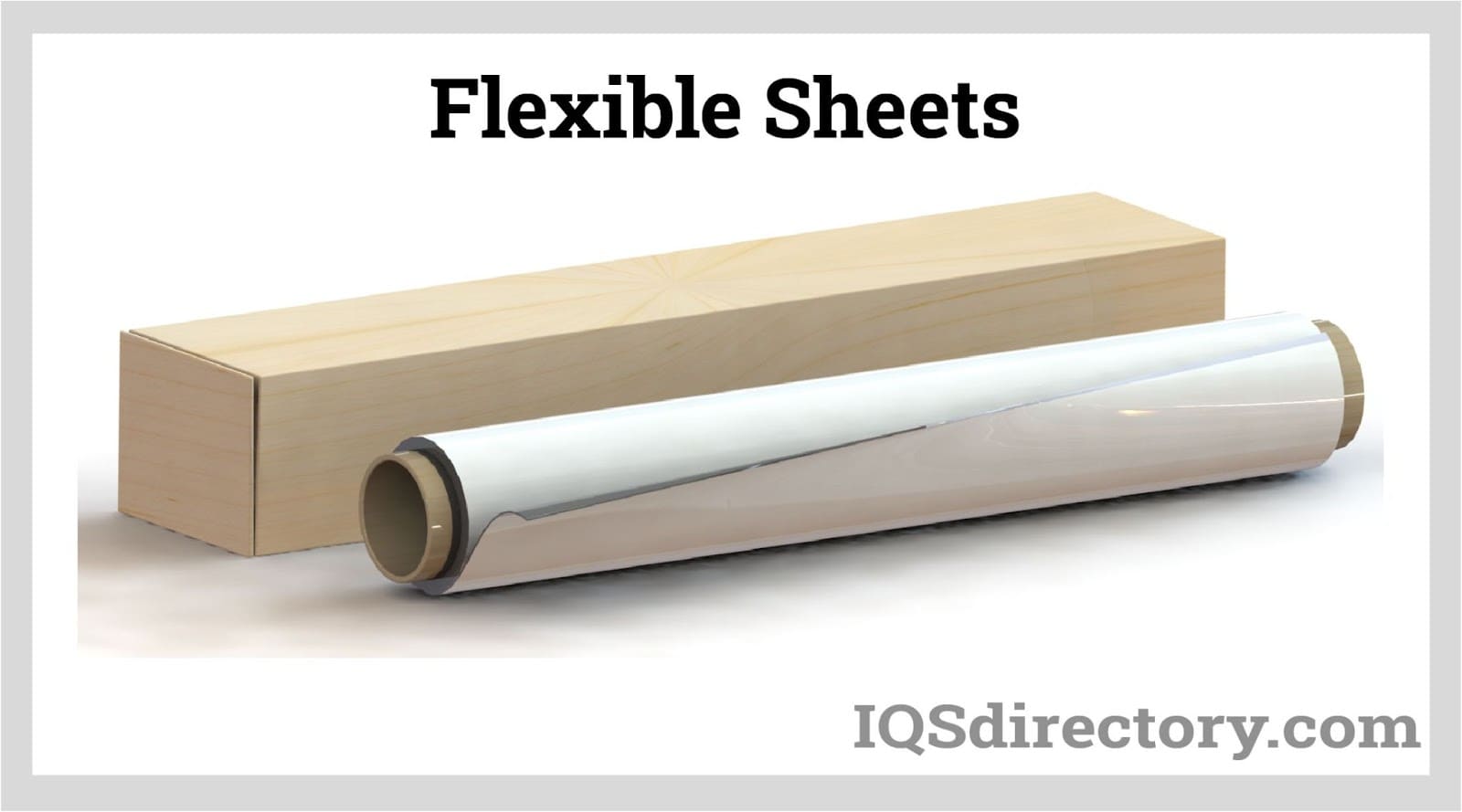
Extruded flexible magnets can be made into profiles that are rolled into coils, commonly in lengths of 33 or 98 feet (10 or 30 m), and used in products like shower doors or refrigerator seals. The cross-section of an extruded profile may have intricate shapes allowing it to fit securely into a corresponding aluminum extrusion with only the front side magnetized and visible.
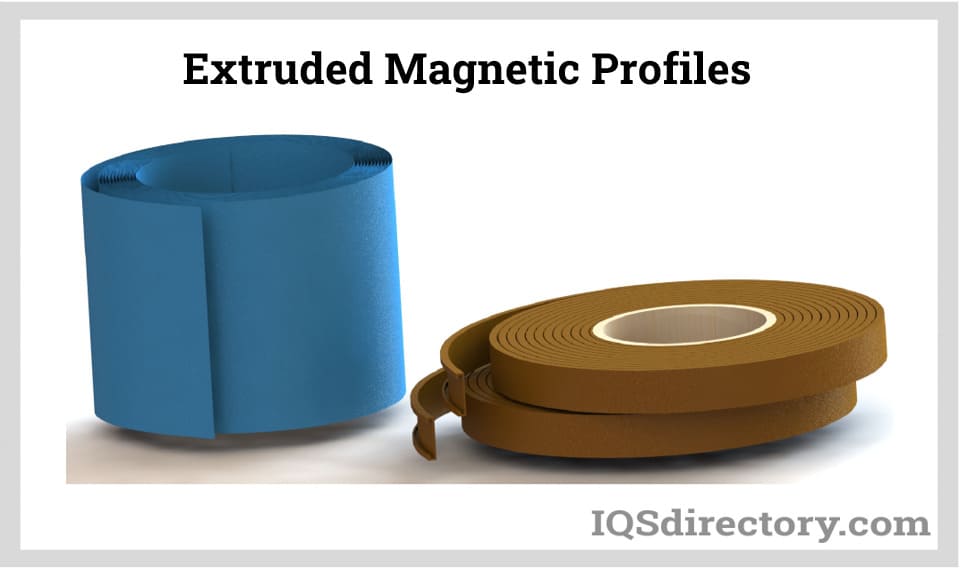
During production, the granular material is heated until melting and then pressurized with a screw feed through a hardened die, electrically discharge machined (EDM) to the desired profile shape. As the material exits, it cools and passes over a magnetizing fixture imparting a two-pole or multi-pole magnetic pattern.
Most flexible magnets are magnetized with pole strips on one side, leaving the other side non-magnetic. Extruded profiles may be rectangular, creating magnetic strips often termed magnetic tape, which can be laminated on the non-magnetic side with high-quality double-sided adhesive tape. Identical strips can be magnetized with matching polarities, allowing them to align perfectly, such as one with NSNSN and the other SNSNS.
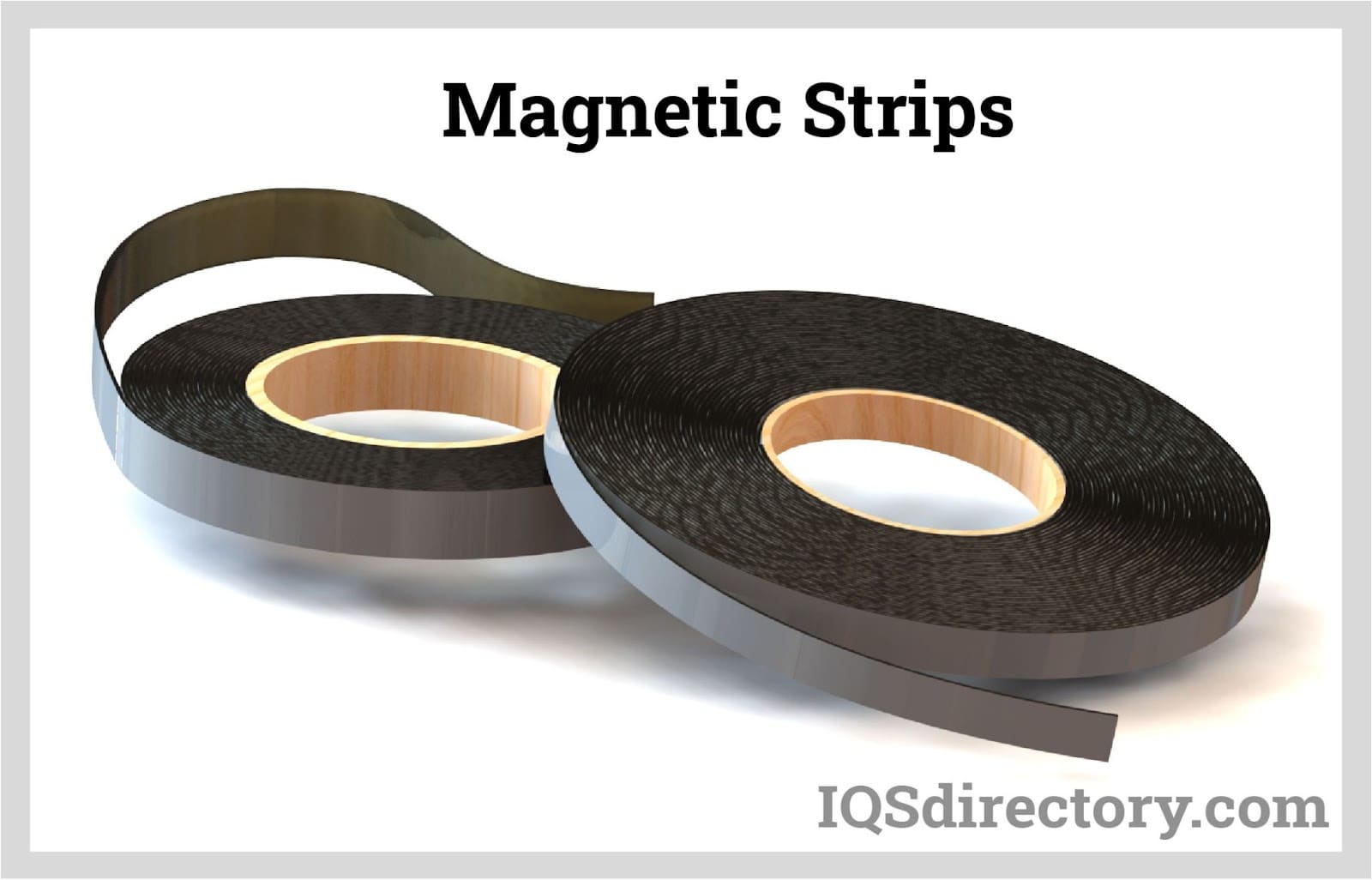
Magnetic sheets are produced via calendering, generally available in widths up to 24 inches (610 mm) and lengths of 98 feet (30 m), with a typical thickness ranging from 0.02 to 0.03 inches (0.5 to 0.76 mm). These sheets are frequently used in point-of-sale displays and advertising, such as vehicle graphics for taxis and driving school cars, which can be easily attached and removed based on the vehicle’s use.
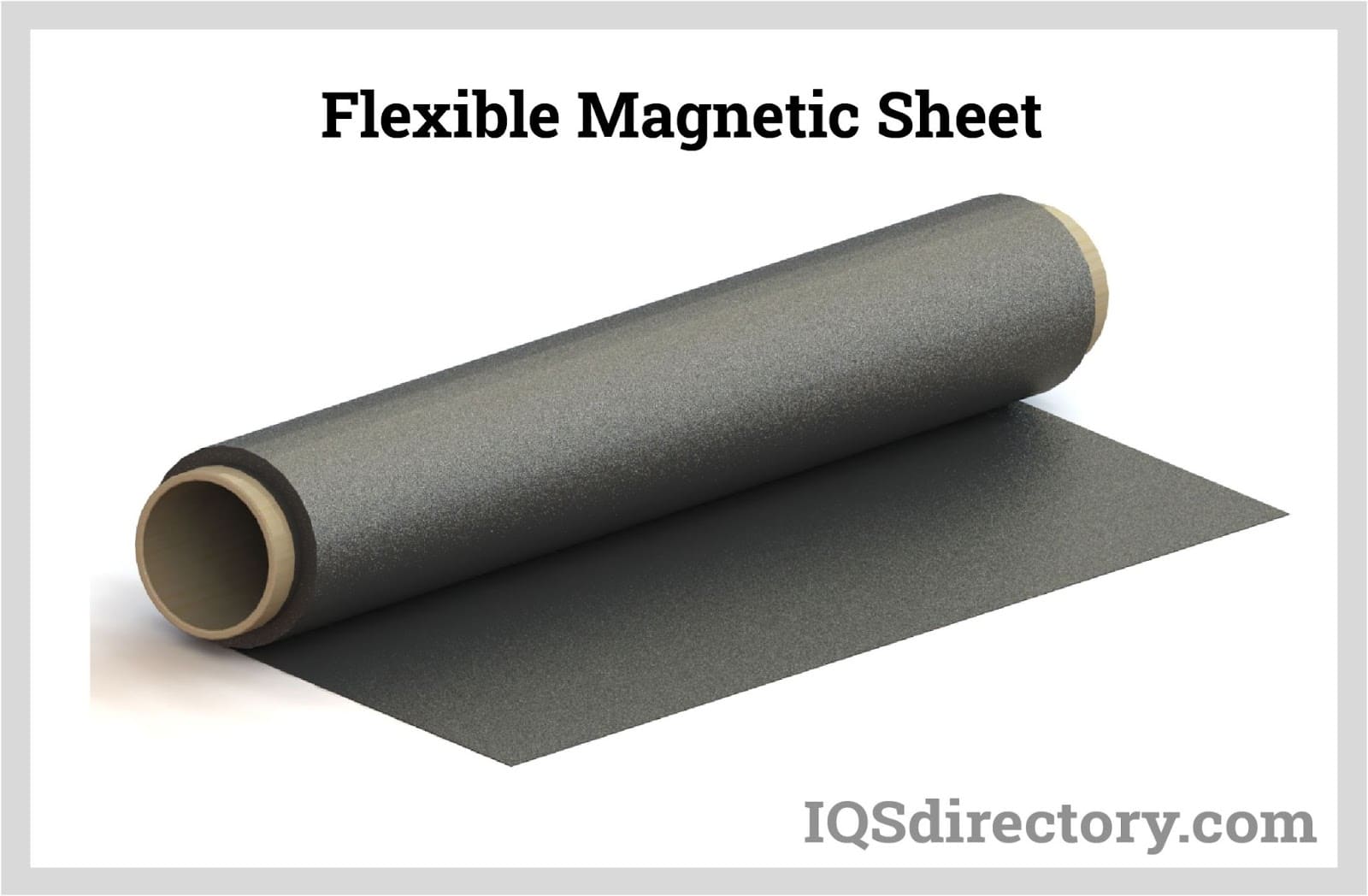
This concept applies to company vehicles displaying logos, which might be removed during non-business hours. For such uses, it’s critical to maintain cleanliness and store the sheets flat to avoid ferrous particles clinging to the magnetic surface and damaging the vehicle's finish.
A magnetic graphics system enables the easy updating of variable information or graphics without replacing the whole sign or display.
Powerful flexible magnetic sheeting is strongly magnetized with a multi-pole magnetization pattern, providing consistently distributed magnetic strength across its surface. Generally, thicker materials deliver stronger magnetic abilities.

The magnetism is permanent, so long as the magnet is not exposed to demagnetizing forces or larger magnets.
To summarize, flexible magnets are:
This chapter will cover magnetizers, magnetic labels, and magnetic paper.
Magnetizers are used to magnetize substrates that are initially unmagnetized, whether they are packed or printed. There are specialized magnetizers for high-quality commercial printers and handheld magnetizers that can be used with materials up to 30 mils thick.
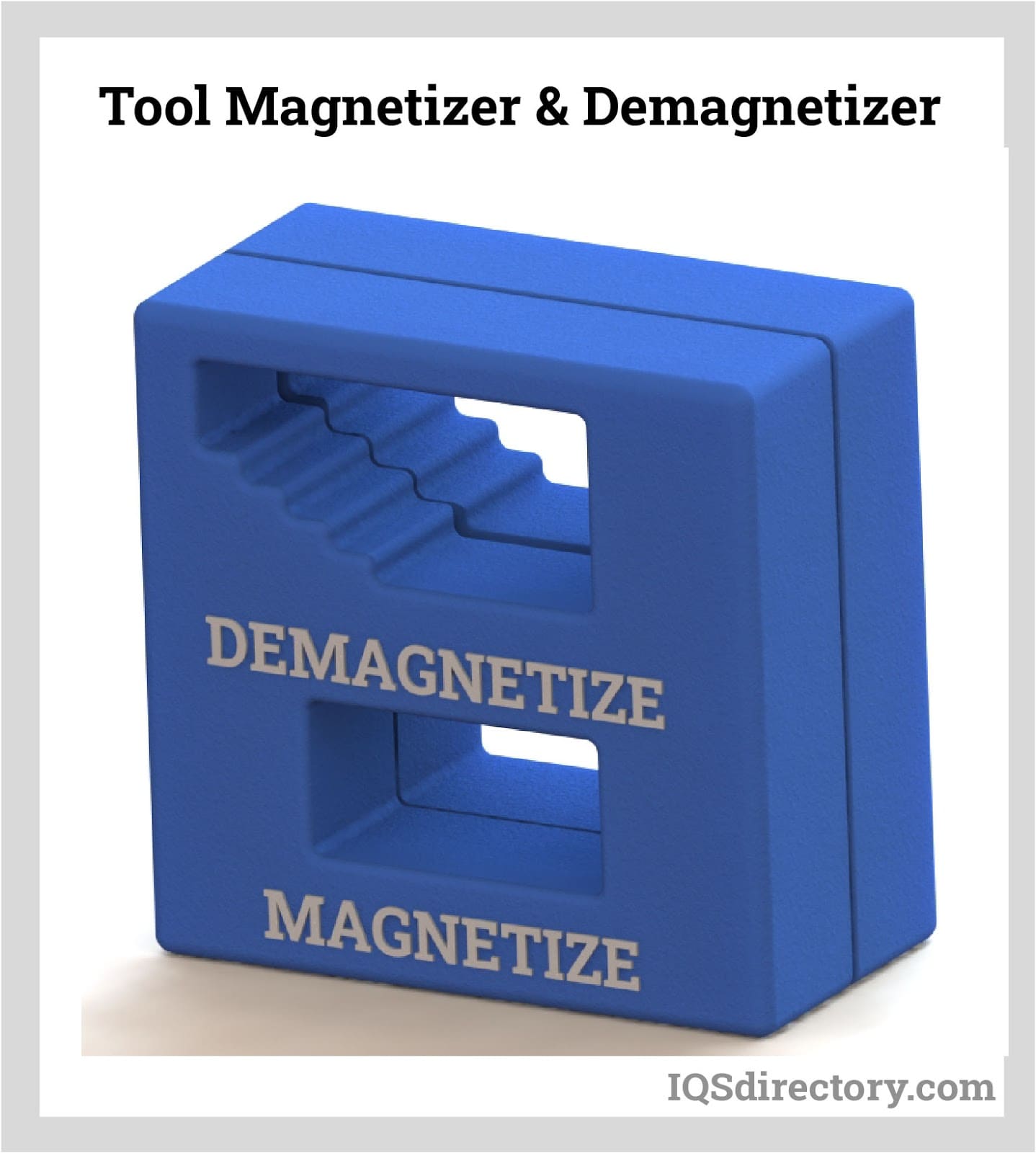
Magnetic labels offer versatile options and can be easily attached and removed from magnetic surfaces. They come in various forms, including pre-cut shapes, C-channel cardholders, write-on or wipe-off labels, flexible labels, inkjet-printable magnets, and document pockets.
Applications for magnetic labels include:
Magnetic paper is a composite material combining paper and rubber with a magnetic layer, typically available in letter-sized (A4) sheets for easy printing. It is commonly used for short-term advertising, educational tools, instant fridge magnets, business cards, and more. This material merges magnetic sheets with paper, offering an affordable and versatile option for various applications.
The magnetization of the paper is achieved through the rubber or plastic backing embedded with magnetized strontium ferrite powder or similar materials. This creates a flexible sheet of numerous small magnets. The thickness of the magnet paper influences its strength, though thicker types may be limited by printer compatibility. These sheets are most effective when applied to solid surfaces like metal or refrigerator doors. The material is also flexible and can be easily cut with scissors, making it possible to create custom magnets such as personalized name tags without needing bulk orders from traditional manufacturers.
Magnetic paper can come in glossy or matte finishes and is well-suited for high-quality prints. It can be used with most printers, handling one sheet at a time, with widths ranging from 0.6 to 2.4 inches (15 to 60 mm). While many suppliers offer magnetic paper in standard sizes, larger rolls are available for large-format printing. For optimal results, ensure the printing process is performed at the highest quality.
Although magnetic paper is a versatile product for creating custom merchandise, there are some limitations to consider. The materials used in magnetic paper make it unsuitable for laser printers due to the heat involved in the printing process. Inkjet printers are more commonly used, but older models that generate significant heat may also pose problems, potentially distorting the printed image. Additionally, once printed, magnetic paper should be kept away from excessive ultraviolet (UV) radiation. While the material does not rust, UV exposure can make it brittle, potentially impacting its magnetic properties.
Flexible magnets come in a variety of products, including the following:
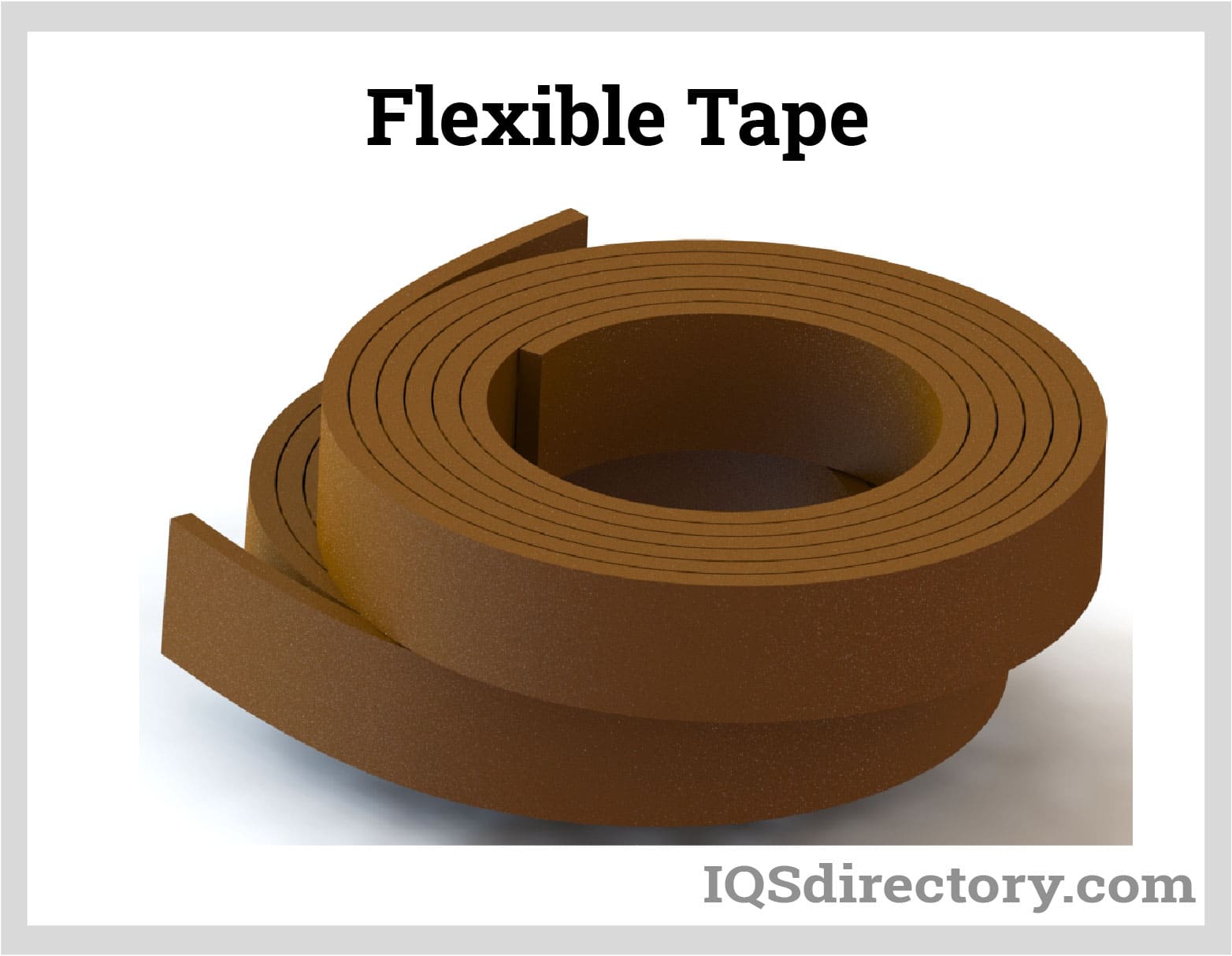
Standard energy magnet strips are available in rolls or as individual units. These durable strips are suitable for both indoor and outdoor applications and can be customized in various orientations. They can also be laminated and magnetized according to specific requirements. Generally, the strength of flexible magnets is proportional to their thickness, with thicker strips providing stronger magnetic force. Common applications for magnet strips include package closures, toys and games, displays, arts and crafts, window and door seals, and labeling.
Flexible magnet strips with high energy are typically employed in applications demanding superior strength and durability. These strips come in a range of both standard and custom dimensions and configurations. Additionally, they are offered in multiple magnetic orientations, enhancing their resistance to demagnetization, cracking, and chipping.
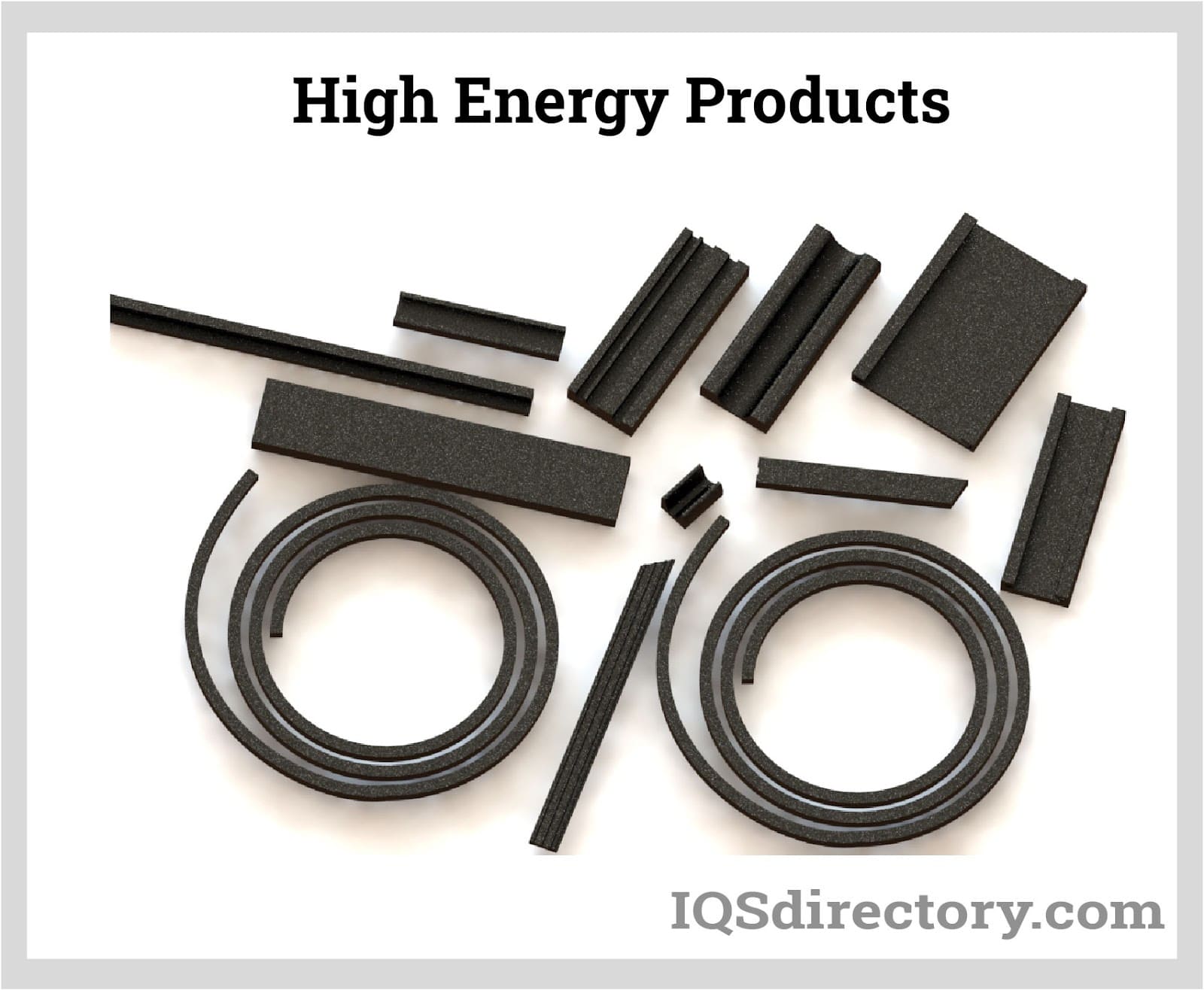
These magnet strips can be magnetized across their thickness in a diverse array of patterns. High-energy flexible magnet strips are utilized in various applications such as door latches, crafting projects, sensors, and magnetic assemblies.
Standard flexible magnetic sheets typically feature a multi-pole magnetization design, providing a high holding strength of approximately 144 pounds (65 kg) per square foot. These sheets are generally stronger on one side, with the weaker side suitable for applying vinyl and adhesives. However, custom options are available with dual magnetization, offering equal magnetic strength on both sides. The sheets can be customized or die-cut to fit various shapes and sizes. They also come in a broad selection of colors, thicknesses, and adhesive types. Common uses for these flexible magnetic sheets include signage, craft projects, promotional symbols, and display boards.
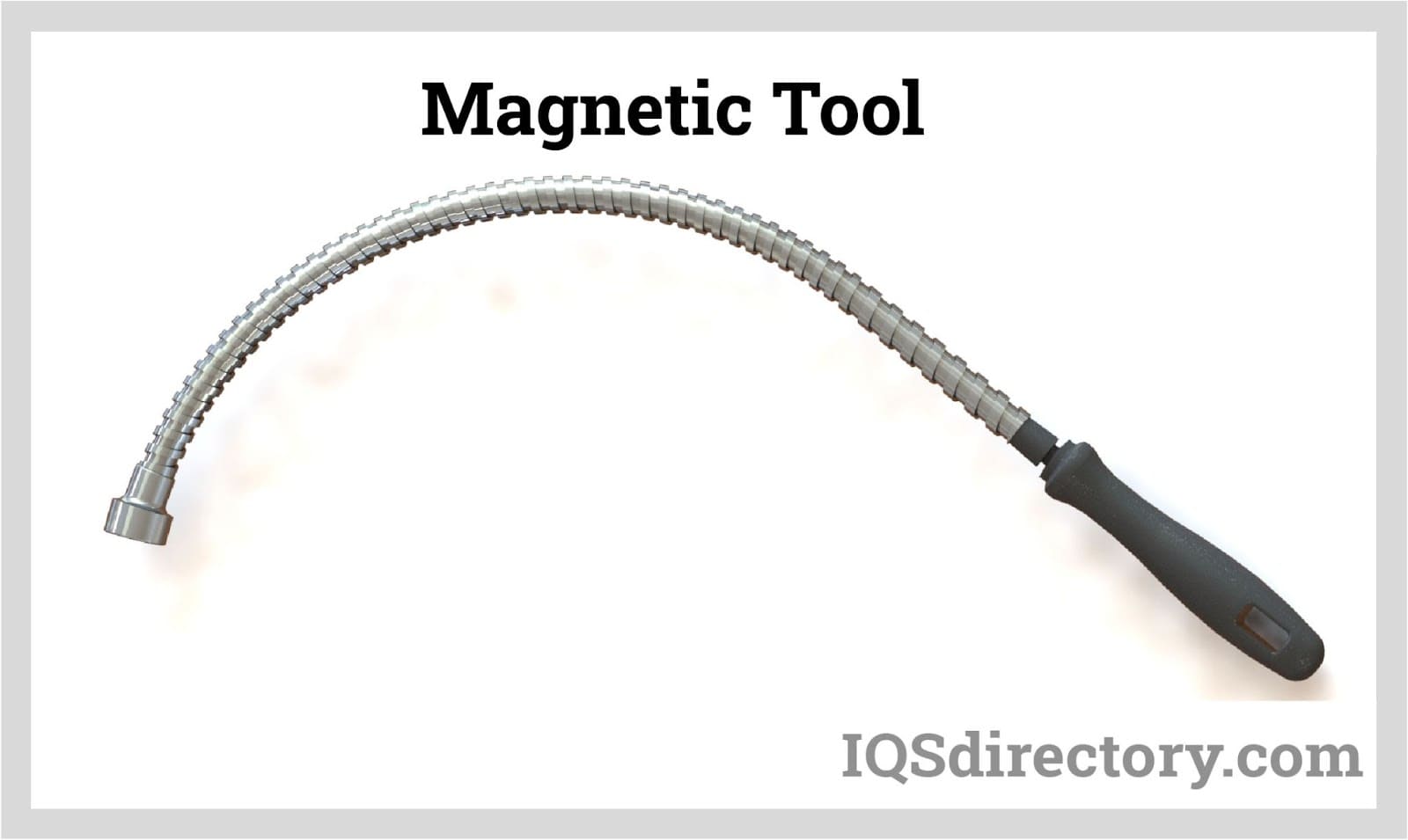
Printable wide-format magnetic sheets are offered in sizes typically ranging from 40 to 60 inches (101.6 to 152.4 cm), making them ideal for wide-format printing applications. These sheets come with various laminate options, including matte white PVC, white dry erase surfaces, and other substrates upon request. Additionally, they can be combined with all-purpose tempera glue. Common applications for these printable wide-format magnet sheets include large-scale and interchangeable graphics for billboards, magnetic wall systems, control charts, and promotional items.
Recyclable magnetic print sheets are produced with a robust printable coating applied directly to the sheet, making them entirely recyclable and eliminating the need for a separate laminated surface. This design reduces disposal problems and allows for cleaner, more straightforward cutting due to the lack of adhesive. These sheets come in both standard and custom sizes and roll configurations. They are suitable for various applications, including indoor and outdoor displays, menu boards, interchangeable graphics, and vehicle signage.
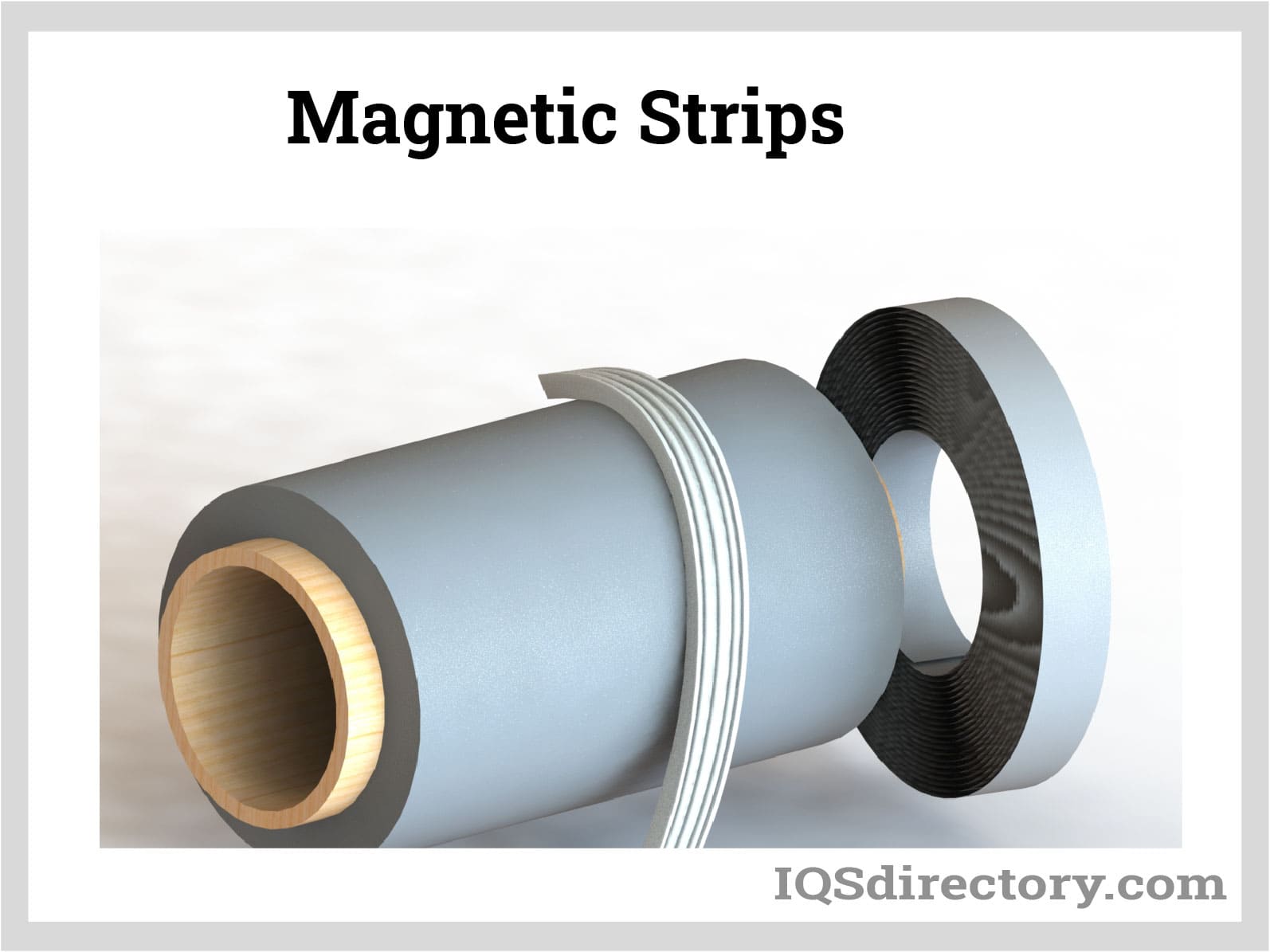
Various types of flexible magnets include:
Magnetic sheets are versatile printable materials used for applications such as banners, displays, vehicle signage, and artistic projects. Thinner versions are often utilized for crafts, such as bookmarks and refrigerator magnets. These sheets are made from calendared strontium ferrite magnetic compounds combined with a thermoplastic binder, resulting in a thin, flexible sheet with magnetic poles aligned on one side.
Flexible magnetic sheets have one magnetic surface that can attract to itself and are typically used against ferromagnetic surfaces like mild steel sheets. The maximum operating temperature is constrained by the binder; temperatures exceeding 176°F (80°C) can cause the binder to soften, leading to demagnetization as the magnetic properties are compromised.
Flexible magnetic sheets are available in various types and finishes. Basic flexible magnetic sheets do not include vinyl or adhesive layers, making them ideal for printing companies that wish to apply their own vinyl or adhesives to meet specific needs. In contrast, flexible magnetic sheets with an adhesive backing feature a standard acrylic adhesive layer on one side, allowing them to be applied to other materials or surfaces as needed, such as for creating lightweight magnetic components.
Vinyl-backed flexible magnetic sheets have a vinyl layer applied to the non-magnetic side, which can also be customized with printed designs for signage, advertising, or vehicle graphics. These sheets are used in various applications, including signage, banners, magnetic conversions, advertising, and display charts.
Magnetic sheets or rolls are made from synthetic, rubber-based materials that are permanently magnetized. They are widely used in the signage and graphics industries for their versatile applications.
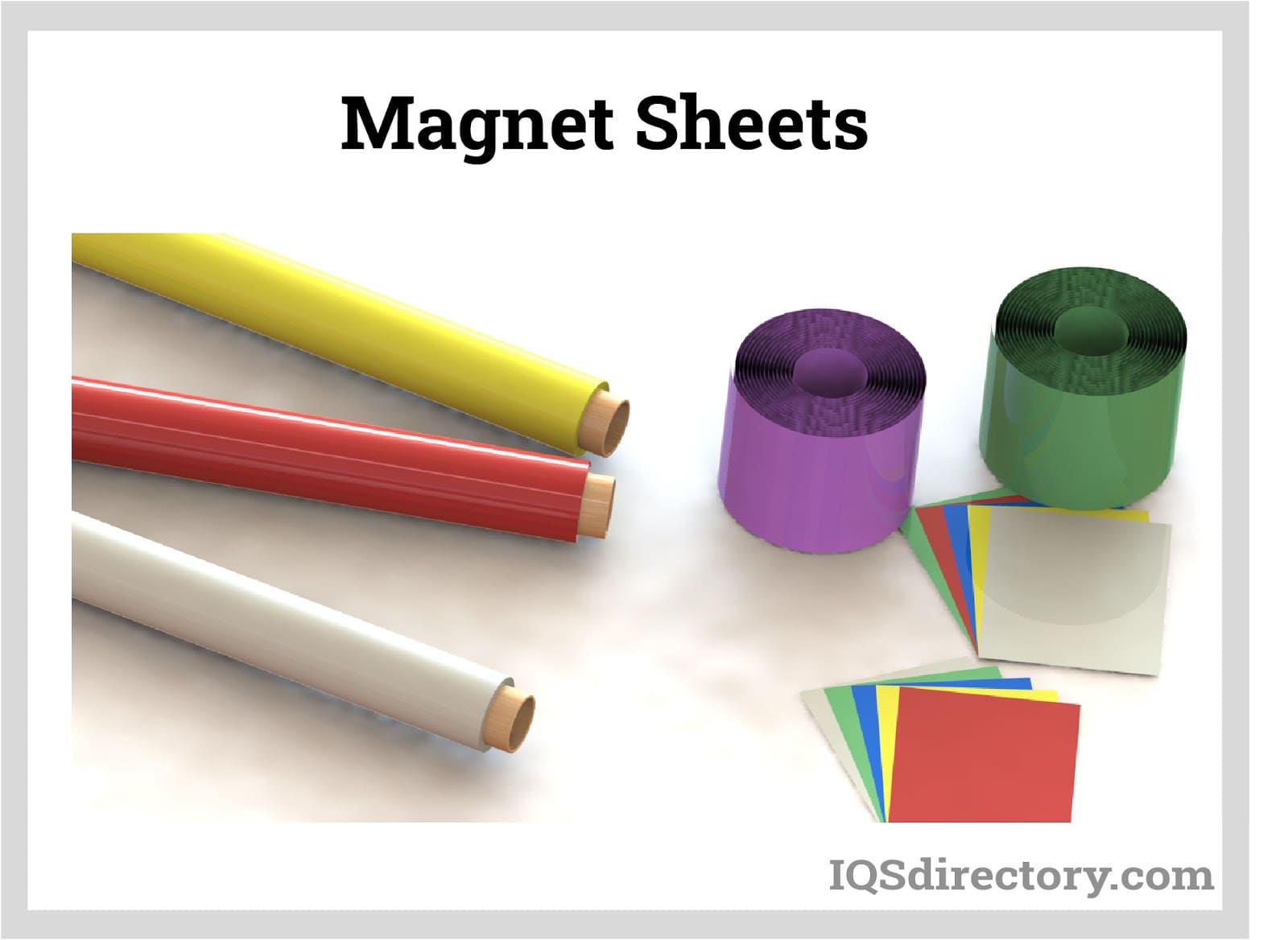
Printable magnetic paper and sheets adhere effectively to ferrous metal surfaces such as steel office cabinets, shelving, and metal whiteboards. They are easy to cut using a guillotine or scissors and are compatible with both inkjet and laser printers.
To use, simply load the magnetic printable paper into an inkjet or laser printer to produce any desired magnetic sign. These magnetic printing materials are ideal for creating magnetic images and signs for various uses, such as magnetic organizers for home refrigerators or business cards, labels, barcodes, and invoices in an office setting.
There are endless possibilities with magnetic strips. They can be laminated with various coatings, such as strong acrylic glue, for excellent outdoor weather capability.
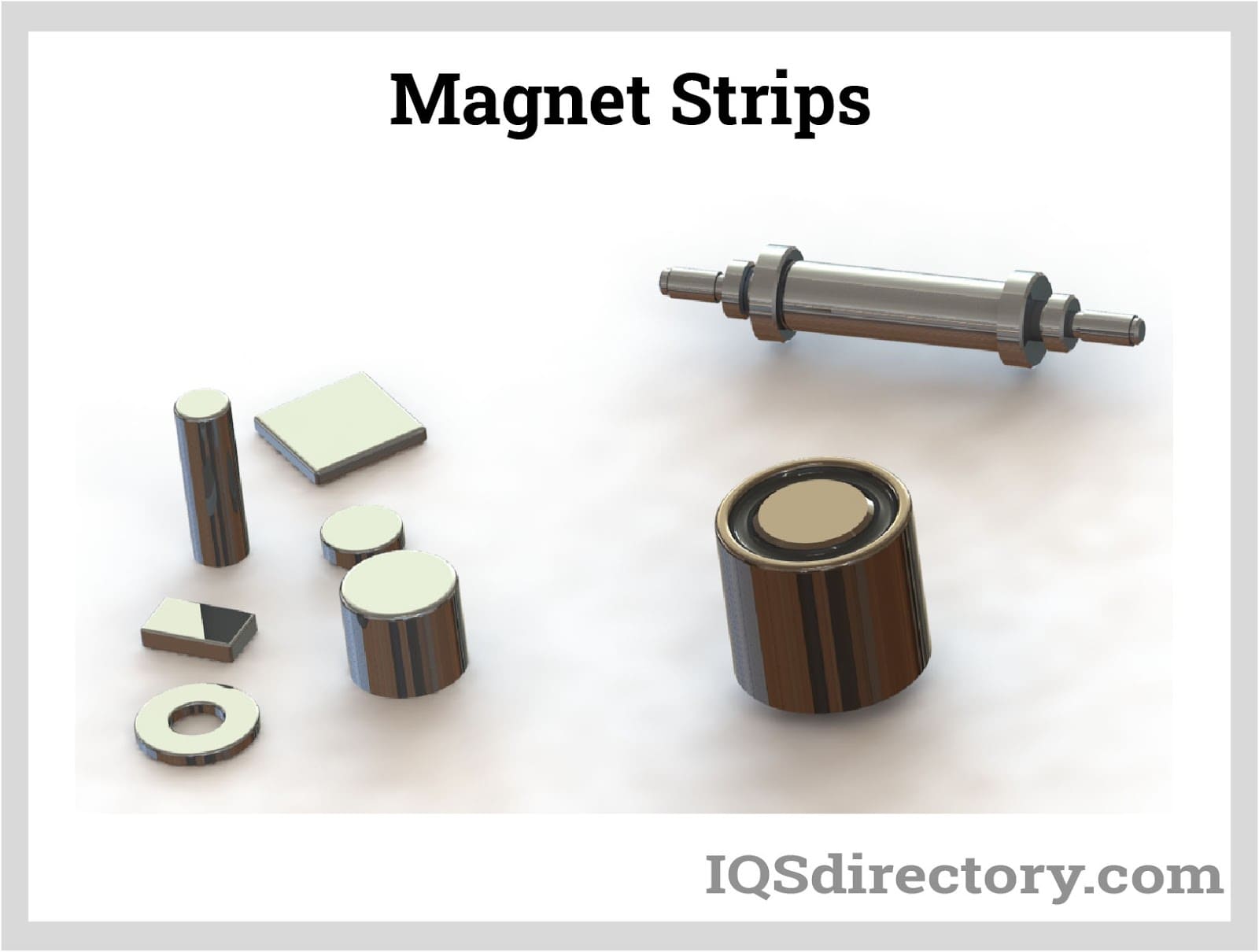
Magnet strips consist of strong magnetic lines that cover the entire surface of flexible magnetic material. The greatest magnetic strength is typically found on the inner part of the roll. These strips are available in different forms, including standard and high-energy variations. They come in a variety of patterns to suit various applications, whether magnetized or not.
Their operation is found in sales promotions, die-cut letters and figures, educational toys, display boards, decoration panels, nameplates, signage, advertising specialties, and games. They can also be used for pop-up displays, profiles for shower and refrigerator doors, bill displays, secondary glazing, visual planning, magnetic cutter racks, shelf labeling, etc.
Self-adhesive flexible magnetic tape features a magnetic surface on one side and a self-adhesive coating on the other.
This tape is commonly employed in merchandising, retail, and exhibition settings to showcase bills, photos, signs, and other promotional materials. It is also ideal for creating magnetic closures on printed items. Magnetic tapes come in two polarities, 'A' and 'B.' For proper attraction between two tapes, both polarities must be equally represented.
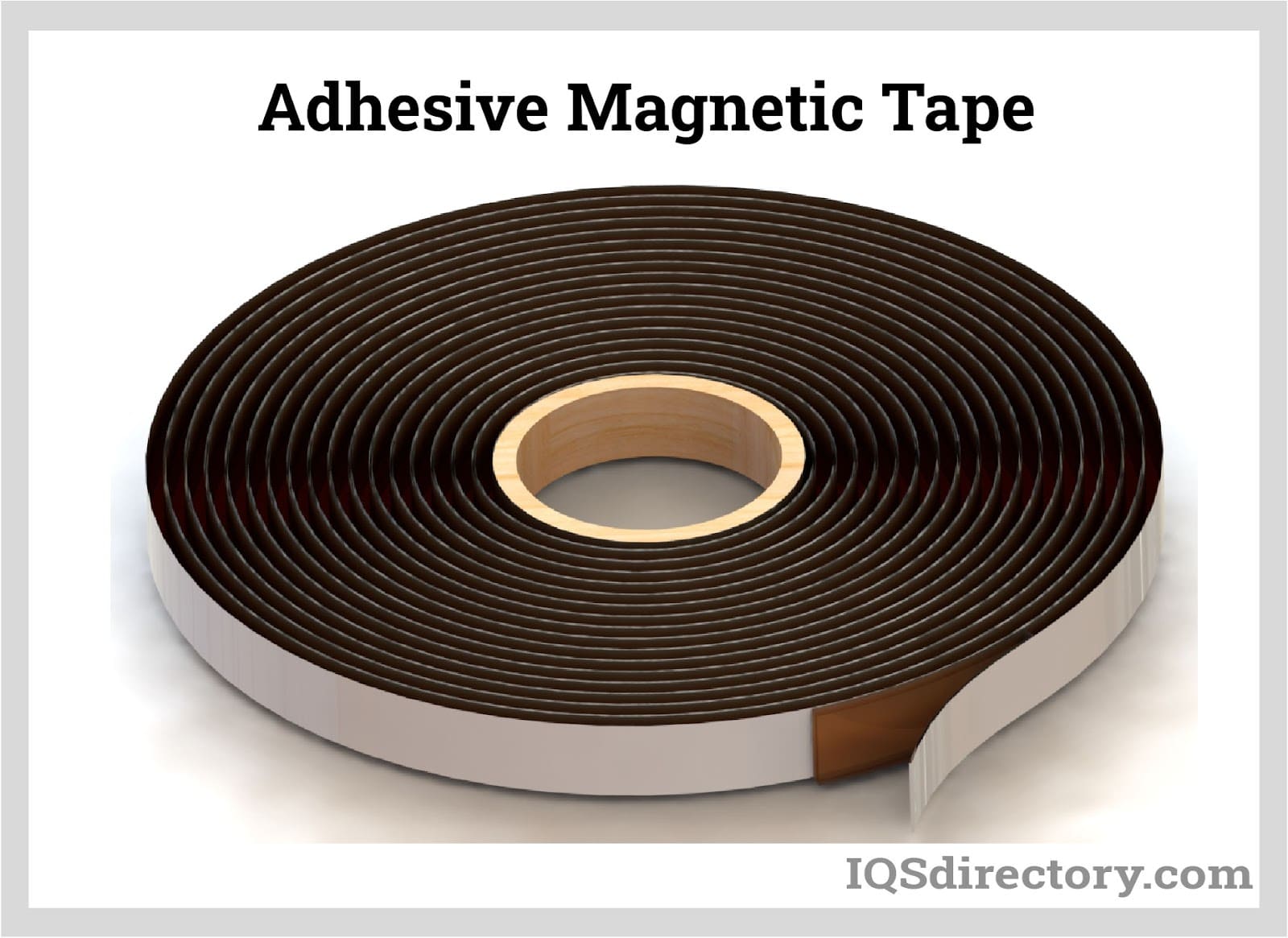
Various self-adhesive ferrous and steel tapes are used to create surfaces that can attract magnetic tape. For larger applications, it’s advisable to conduct tests as surface conditions can significantly impact adhesive performance.
The surface should be clean, dry, and free of dust for optimal results. It is important to clean the surface with a suitable cleaning agent and allow it to dry completely before application. The adhesive will adhere properly only if it has full contact with the surface, so rough or uneven surfaces should be avoided. Remove the protective film just before application, and avoid touching the adhesive side after the film has been removed.
Below are some examples of surfaces that have proven effective for self-adhesive neodymium magnets:
After positioning the product, apply uniform pressure along its entire length to ensure a strong bond between the two surfaces. Allow the adhesive to cure for approximately 72 hours to achieve optimal bonding strength before removing the applied pressure.
The ideal temperature range for drying is between 69.8°F and 100.4°F (21°C and 38°C). Temperatures exceeding 176°F (80°C) can negatively impact the adhesive's performance. Additionally, factors such as ultraviolet radiation and humidity may affect the adhesive's effectiveness over time, even with proper application.
It's important to consider that adhesive products have a finite lifespan. Here are the expected lifetimes of some adhesive magnets:
This information serves as a general guideline; the actual lifespan of adhesive bonds can vary based on factors such as the type of surface, sun exposure, and humidity. Under optimal conditions, the adhesive may last significantly longer.
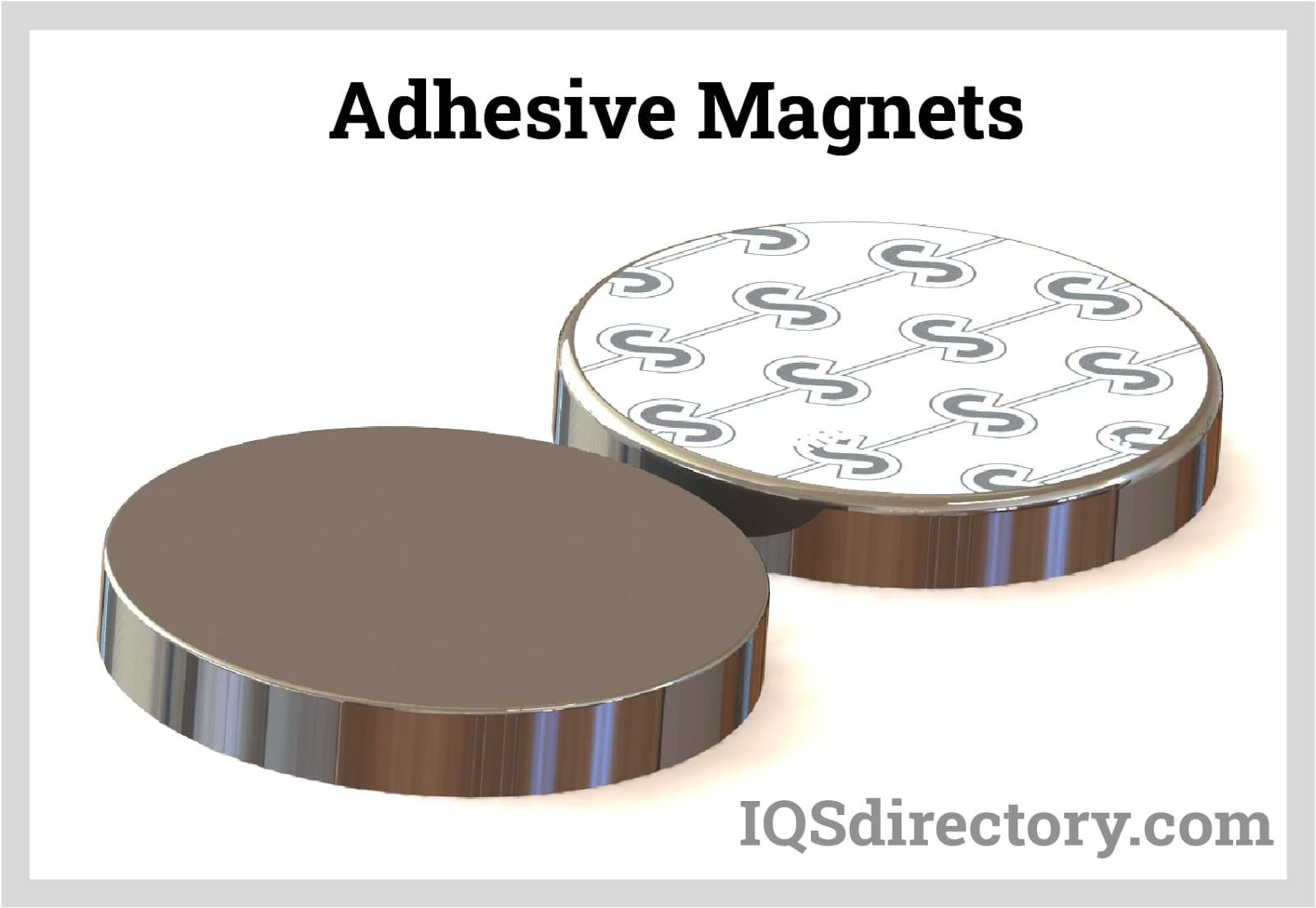
Premium backing ensures superior adhesion and maximum holding power. Features include a fast-release tab for easy and efficient liner removal, and a robust composition of neodymium material for enhanced strength.
Neodymium disc magnets with adhesive backing are ideal for applications where a magnetic attraction to ferromagnetic surfaces, such as steel, is required. While these magnets may be positioned slightly apart, they should be close enough to attract each other. Utilizing alternating north and south poles can enhance the overall performance of the magnets, as this arrangement improves their interaction by attracting and reinforcing the magnetic fields around them.
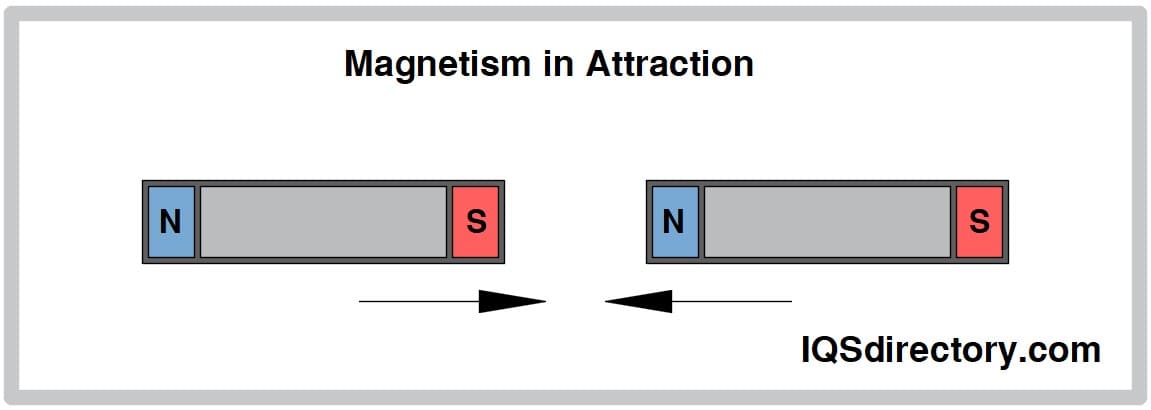
Neodymium magnets exhibit magnetic properties that cause them to either attract or repel each other based on their arrangement. Attraction occurs when the north pole of one magnet faces the south pole of another, in line with the principle that like poles repel while opposite poles attract. Conversely, if north faces north or south faces south, the magnets will repel each other.
The arrangement of magnets in the final setup determines the required polarity for effective operation. Self-adhesive disc magnets are commonly used in various applications, including printing, packaging, arts and crafts, and folder closures. They are also useful for simpler home applications, such as door catches.
This section will explore the various applications and uses of flexible magnets.
The applications of flexible magnets are:
Magnetic tools are widely utilized to save time and reduce stress in tasks related to vehicular maintenance, garage work, and similar service operations, as outlined below:
Magnetic materials and flexible magnets are employed in various display applications to simplify installation and minimize damage upon removal.
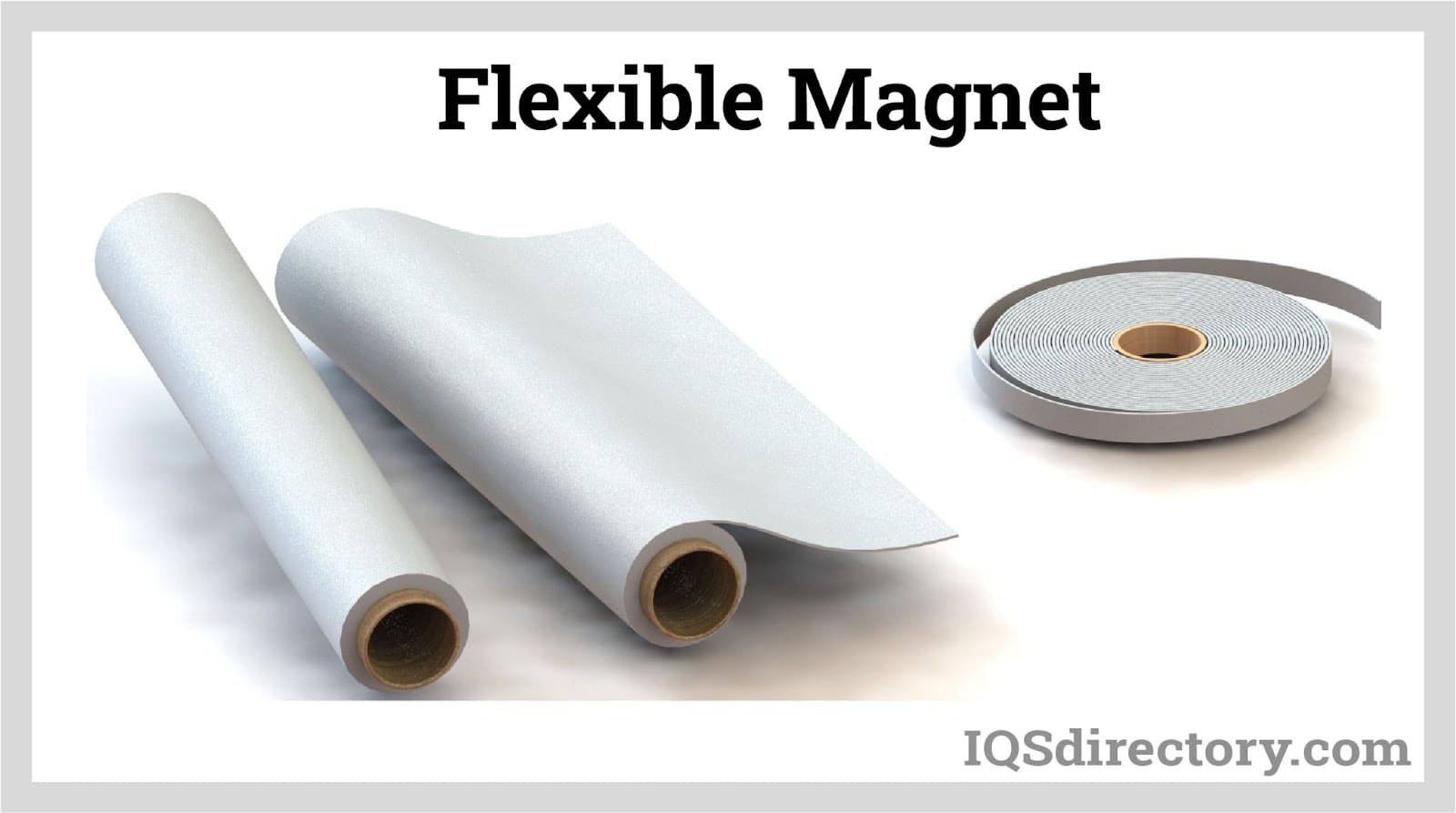
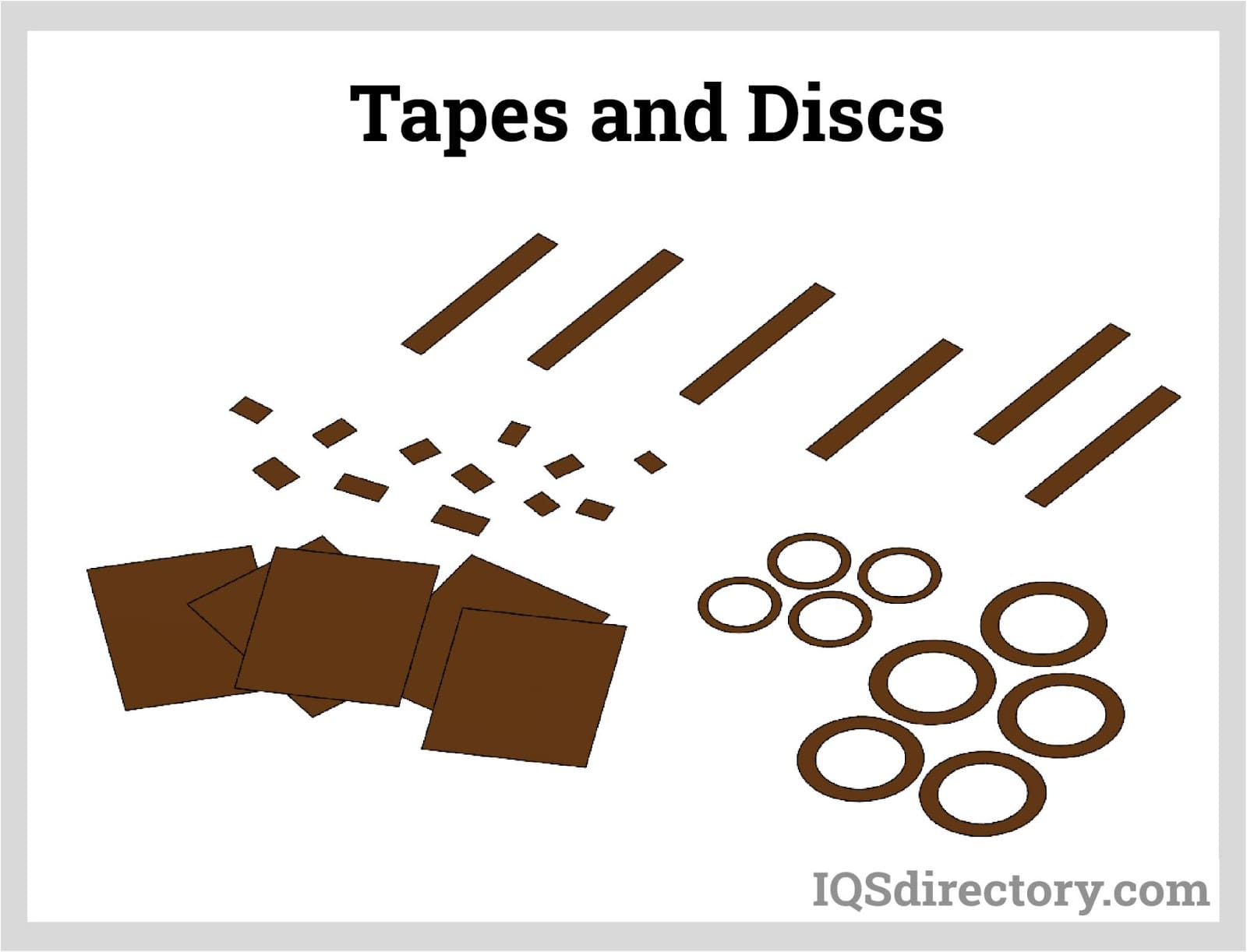
Flexible magnets can be a cost-effective and quick solution for the following applications:
Using adhesive magnets enables innovative designs and manufacturing techniques that are not feasible with brittle or rigid materials. Flexible magnetic products can be twisted, cut, bent, coiled, punched, and shaped without losing their magnetic properties. For instance, bending can create ring magnets, commonly used in small direct current motors. These magnets are also easy to machine with conventional tools.
Flexible magnets are composite materials with magnetic elements arranged in an elastomer matrix. They're made from a combination of rubber polymer resin and ferrite powder by forming them through extrusion or rollers and finally magnetizing and laminating them with vinyl or glue. The compound materials bring together rubber elastic properties and elastomer magnetic properties to bring out flexible materials that are useful in multiple specialized applications. Flexible magnets have been of great help to humanity over the generations, and their application continues to be of great value in multiple fields and sectors.

An Alnico magnet is a permanent magnet made by combiming aluminum, nickel, iron, cobalt, and other elements. They come in isotropic, non-directional, or anisotropic, mono-directional, form...
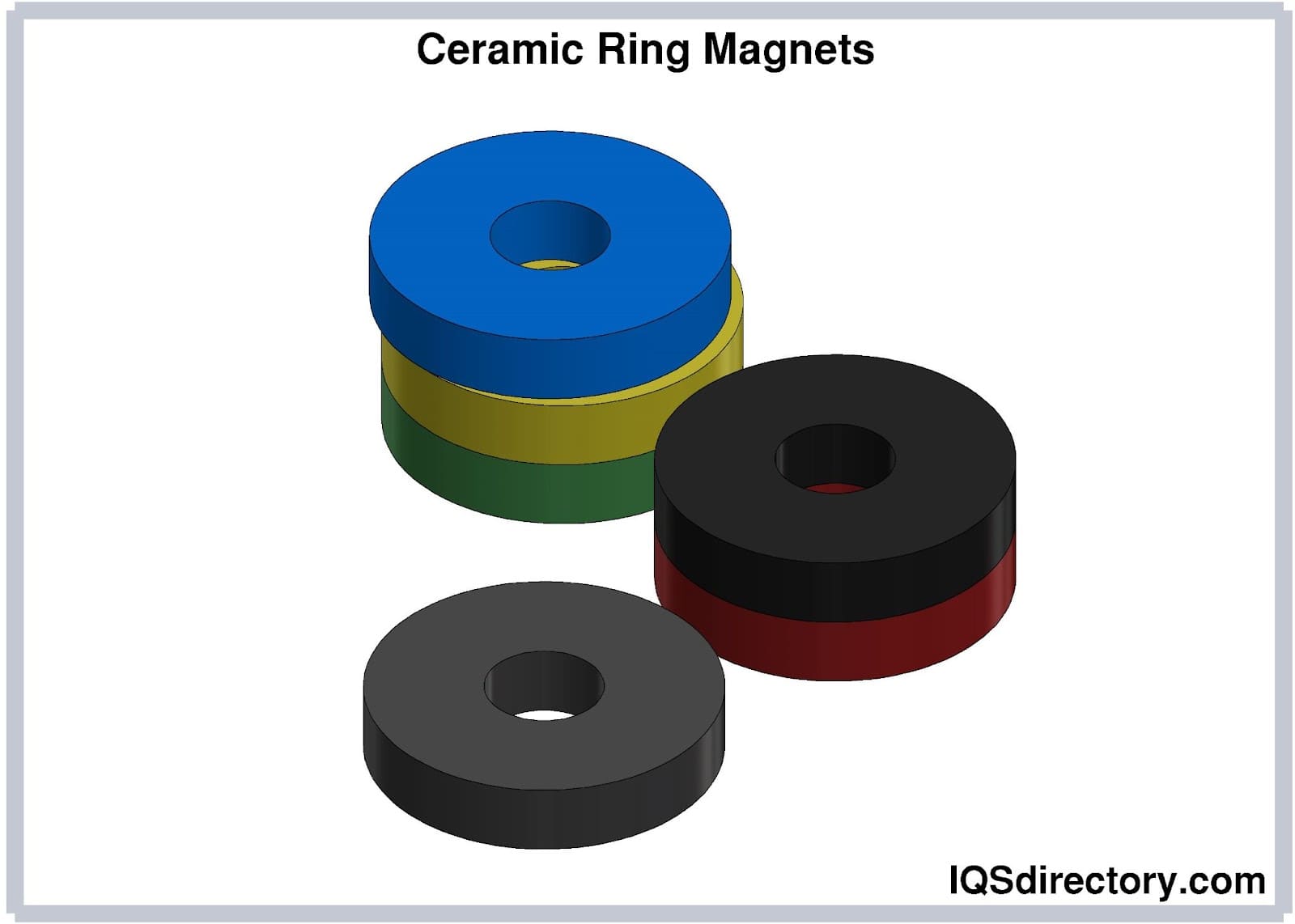
A ceramic magnet, also known as a ferrite magnet, is a permanent magnet made by combining iron oxide and strontium carbonate. They are a man made magnet produced by heating the two elements to...

Magnets are materials that exert a noticeable force on other materials without physically contacting them. This force is called a magnetic force. The magnetic force can either attract or repel. Most known materials...
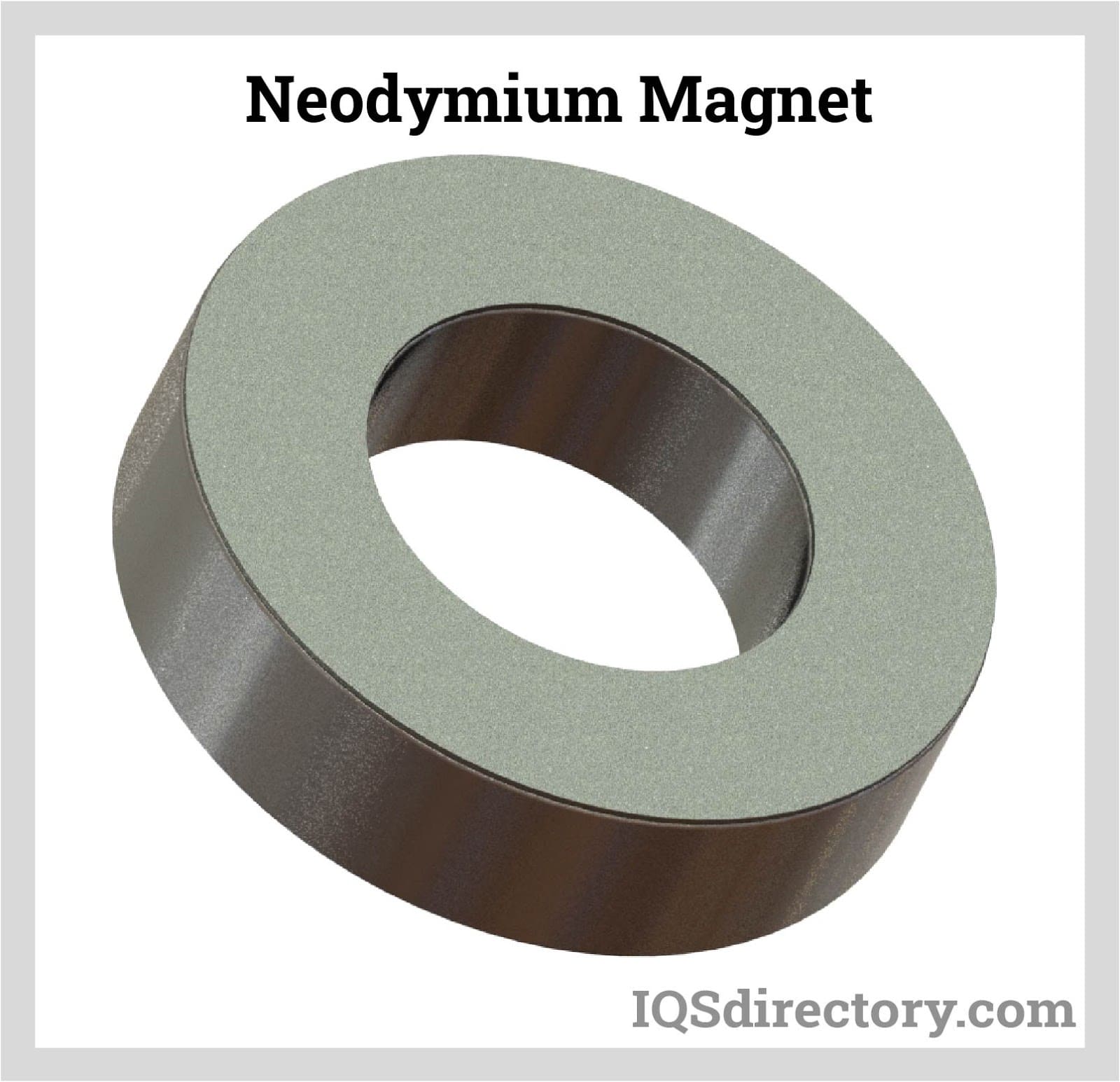
A Neodymium (Nd-Fe-B) magnet is a common rare earth magnet composed of neodymium (Nd), iron (Fe), boron (B), and transition metals. They have superior performance in applications because of their strong...
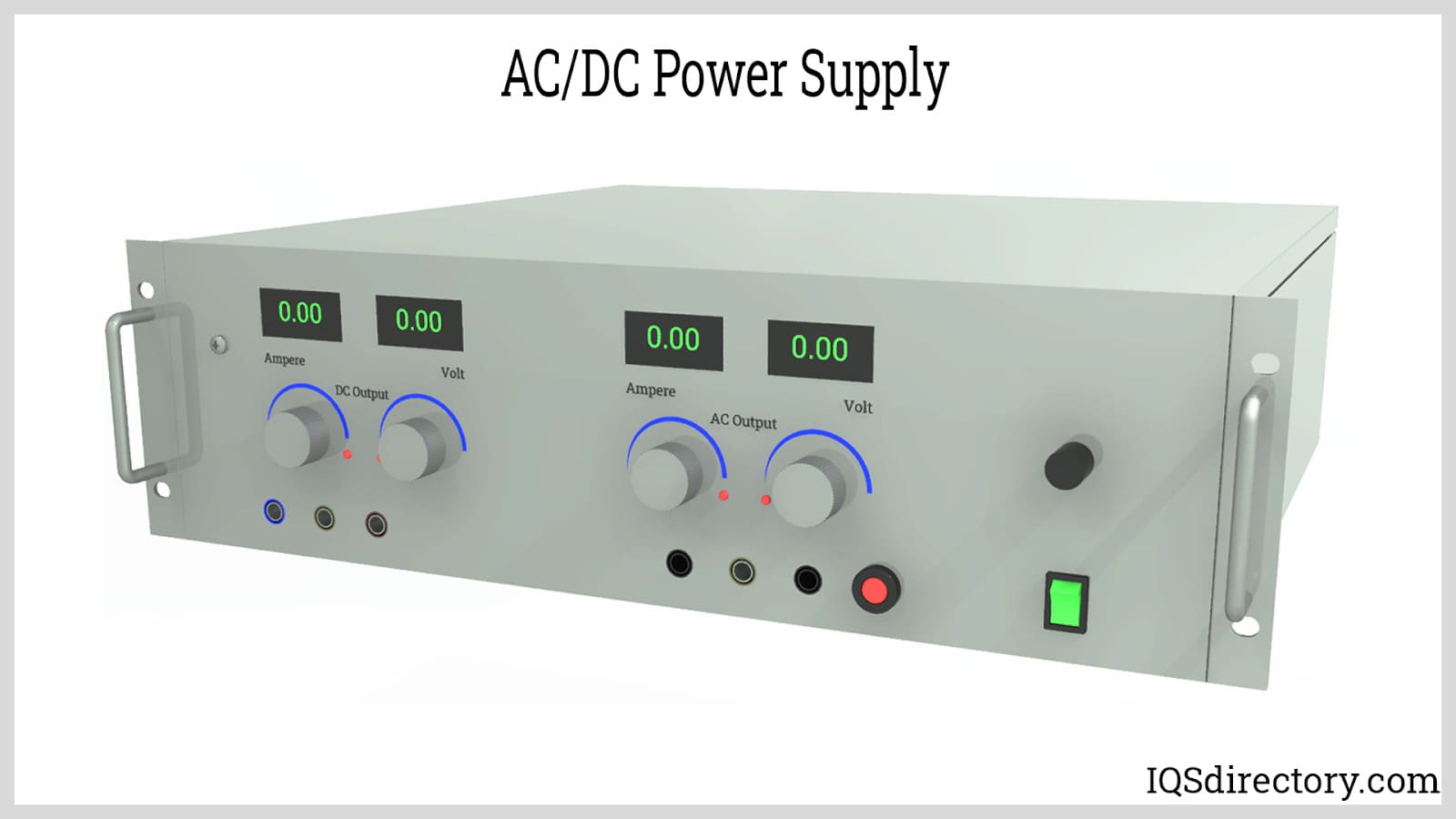
Power supplies are electrical circuits and devices that are designed to convert mains power or electricity from any electric source to specific values of voltage and current for the target device...
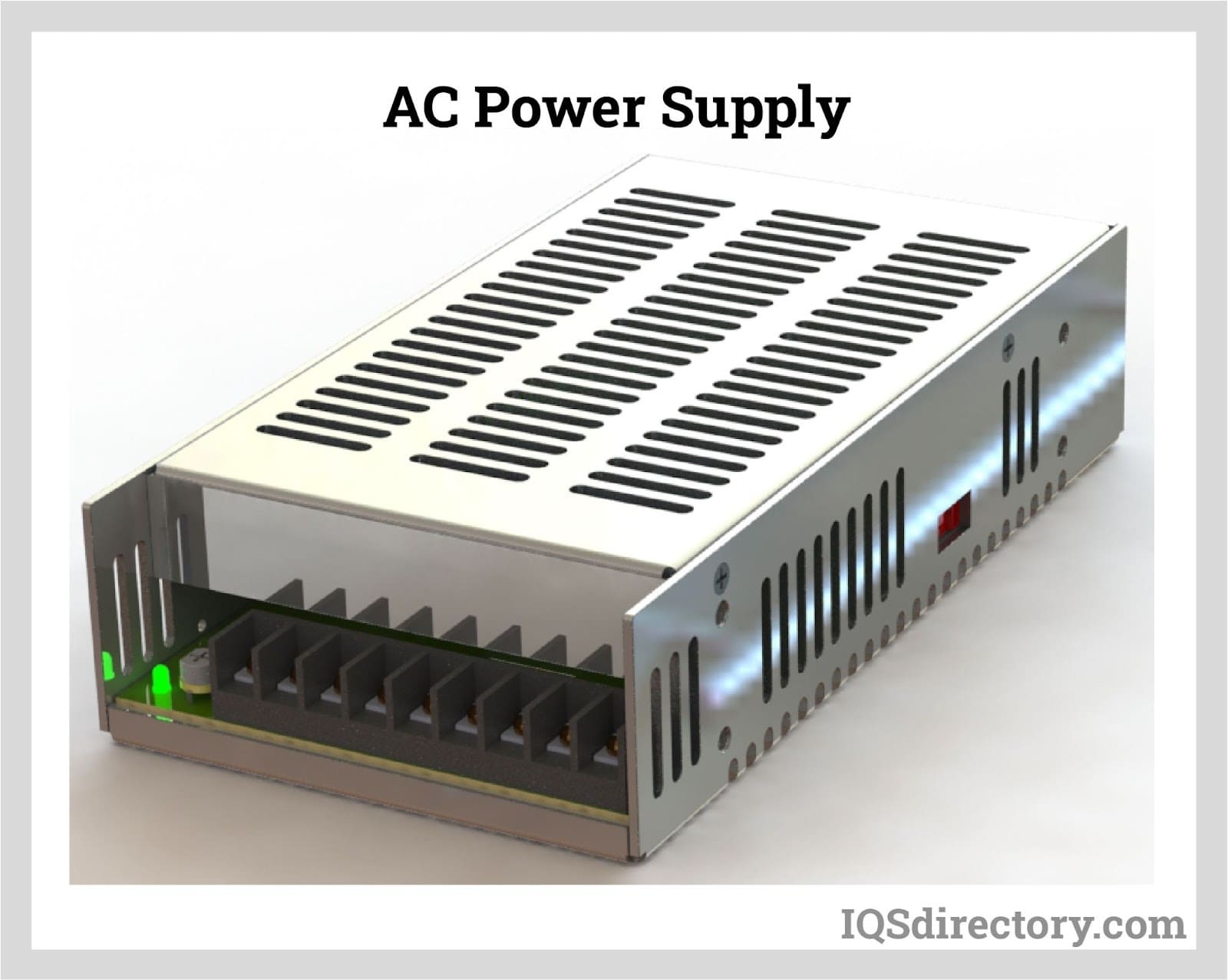
An AC power supply is a type of power supply used to supply alternating current (AC) power to a load. The power input may be in an AC or DC form. The power supplied from wall outlets (mains supply) and...
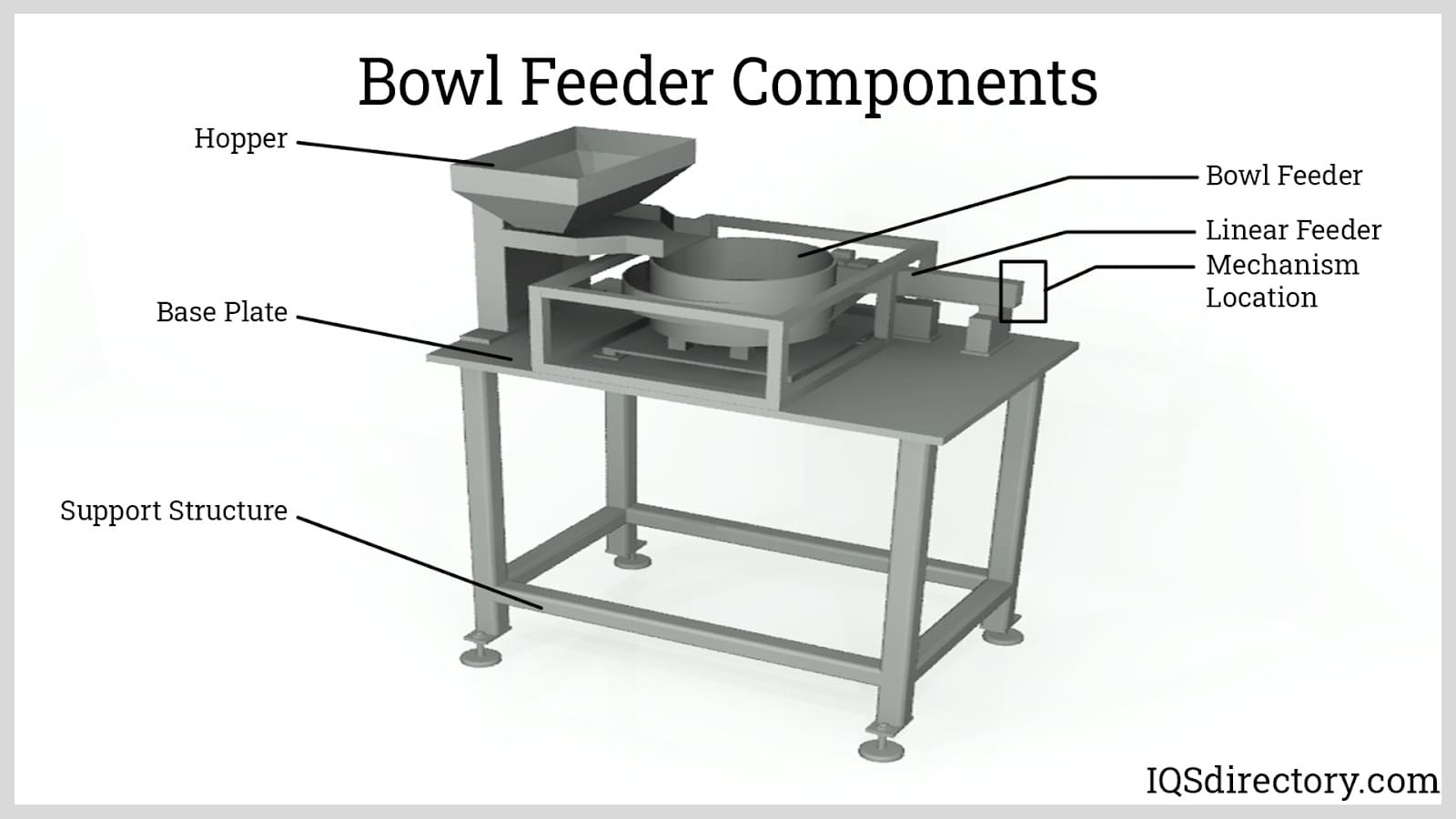
A bowl feeder is a mechanism for supplying small parts and components to a production line or for sorting bulk items for rapid use. A self contained bowl feeder system has a bowl that sets on a spring loaded base that moves vertically...
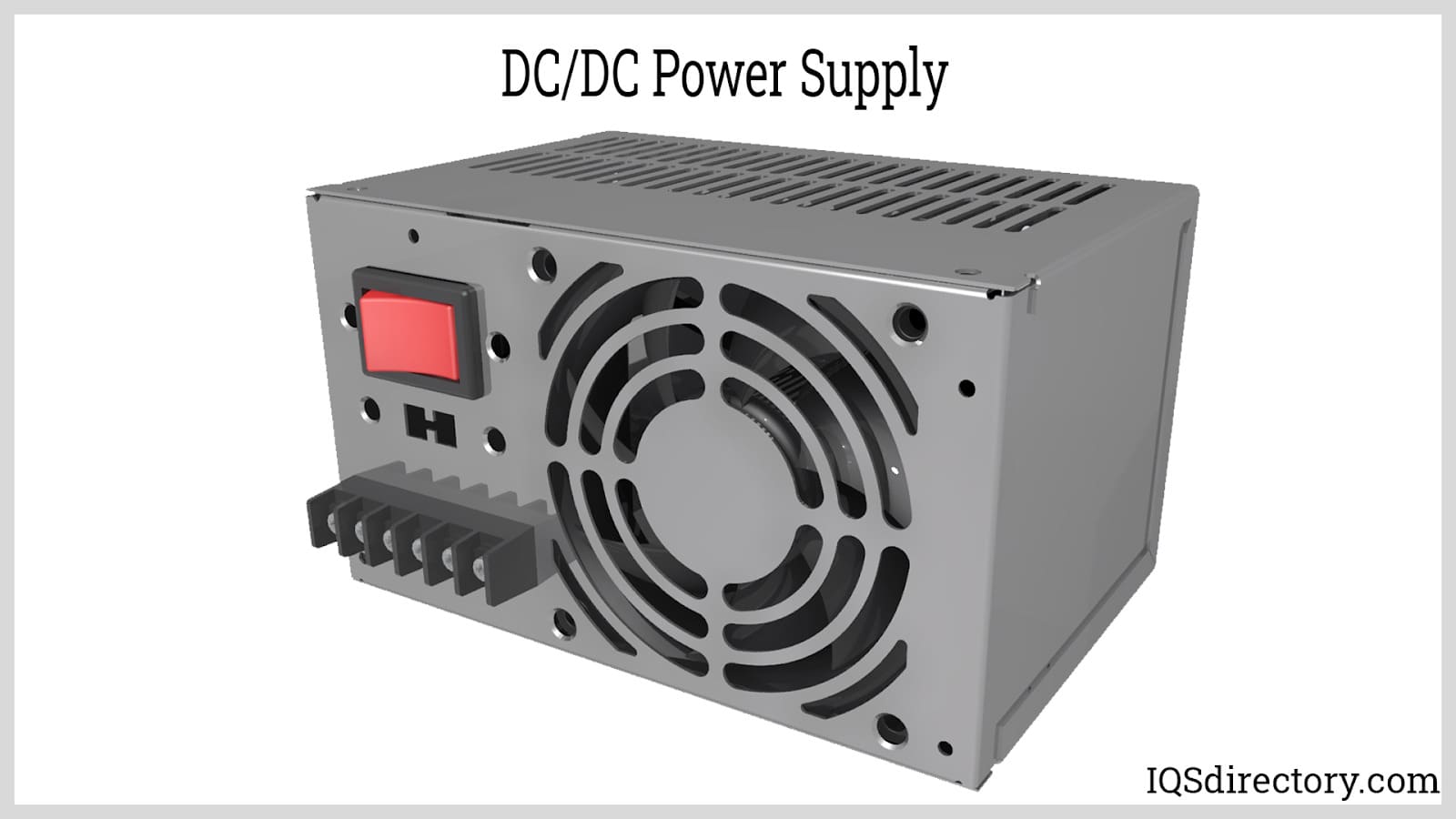
A DC DC power supply (also known as DC DC Converter) is a kind of DC power supply that uses DC voltage as input instead of AC/DC power supplies that rely on AC mains supply voltage as an input...
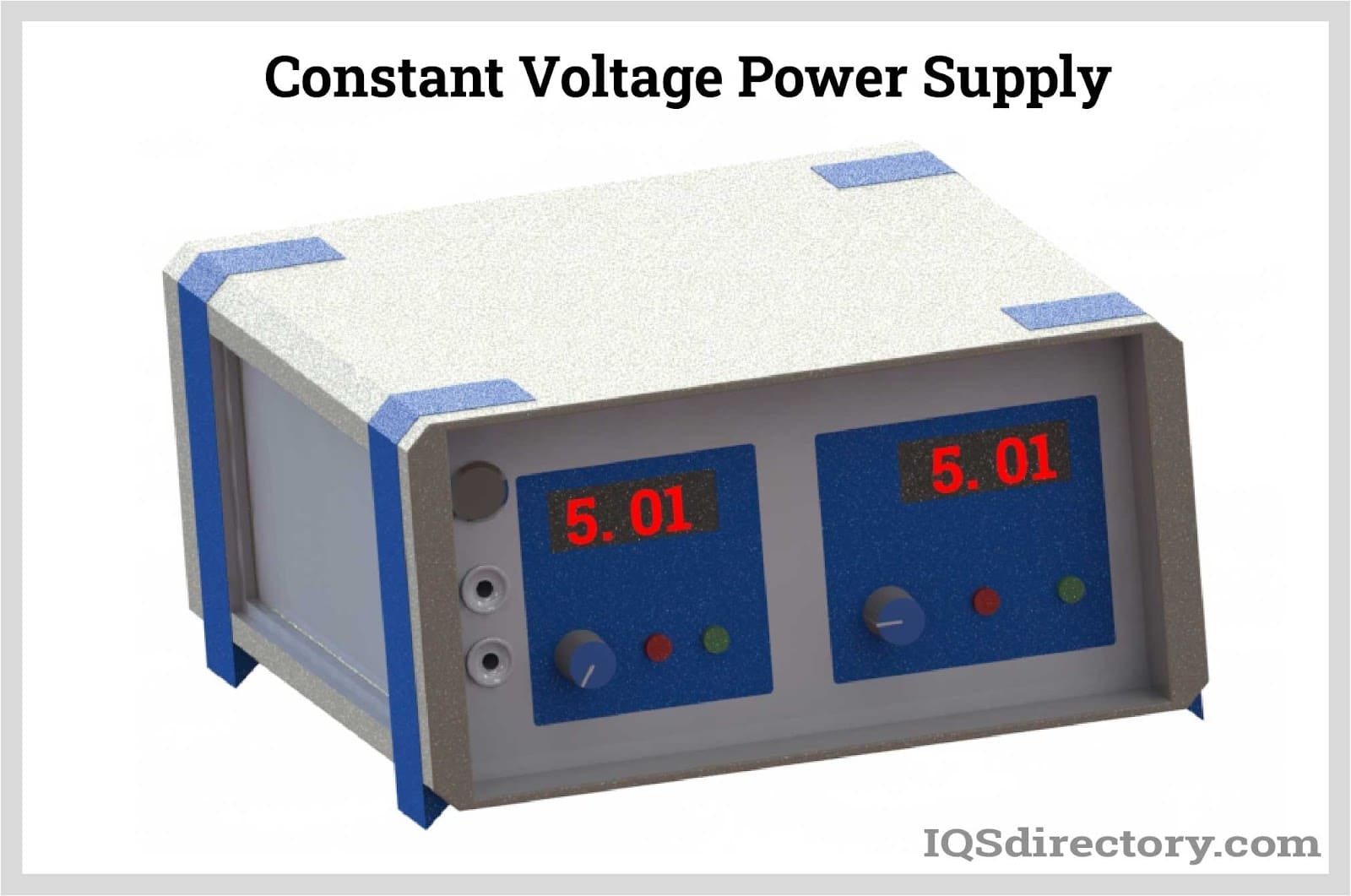
A DC power supply is a type of power supply that gives direct current (DC) voltage to power a device. Because DC power supply is commonly used on an engineer‘s or technician‘s bench for a ton of power tests...
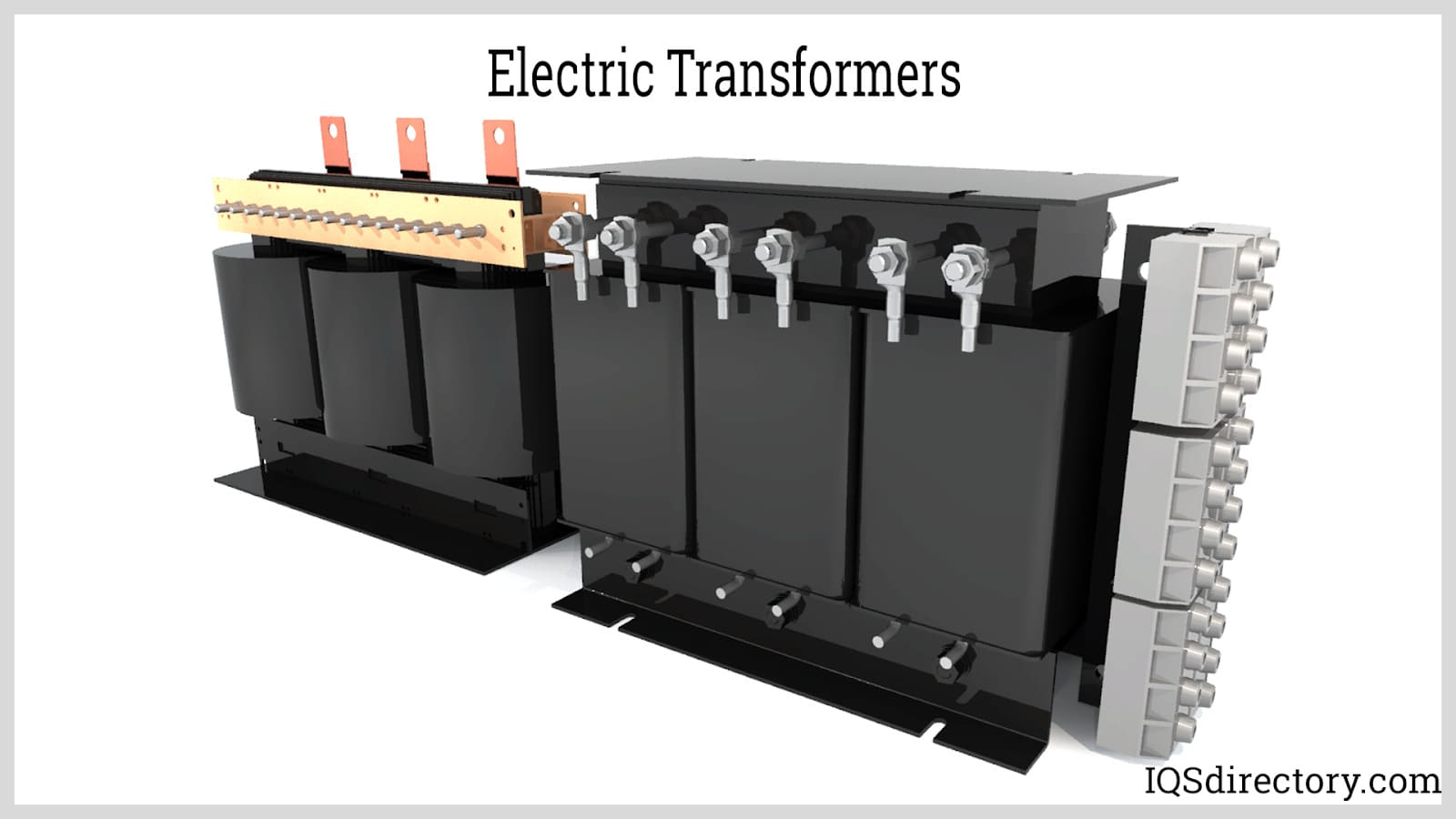
Electric transformers are static electrical machines that transform electric power from one circuit to the other without changing the frequency. An electrical transformer can increase or decrease the voltage with...
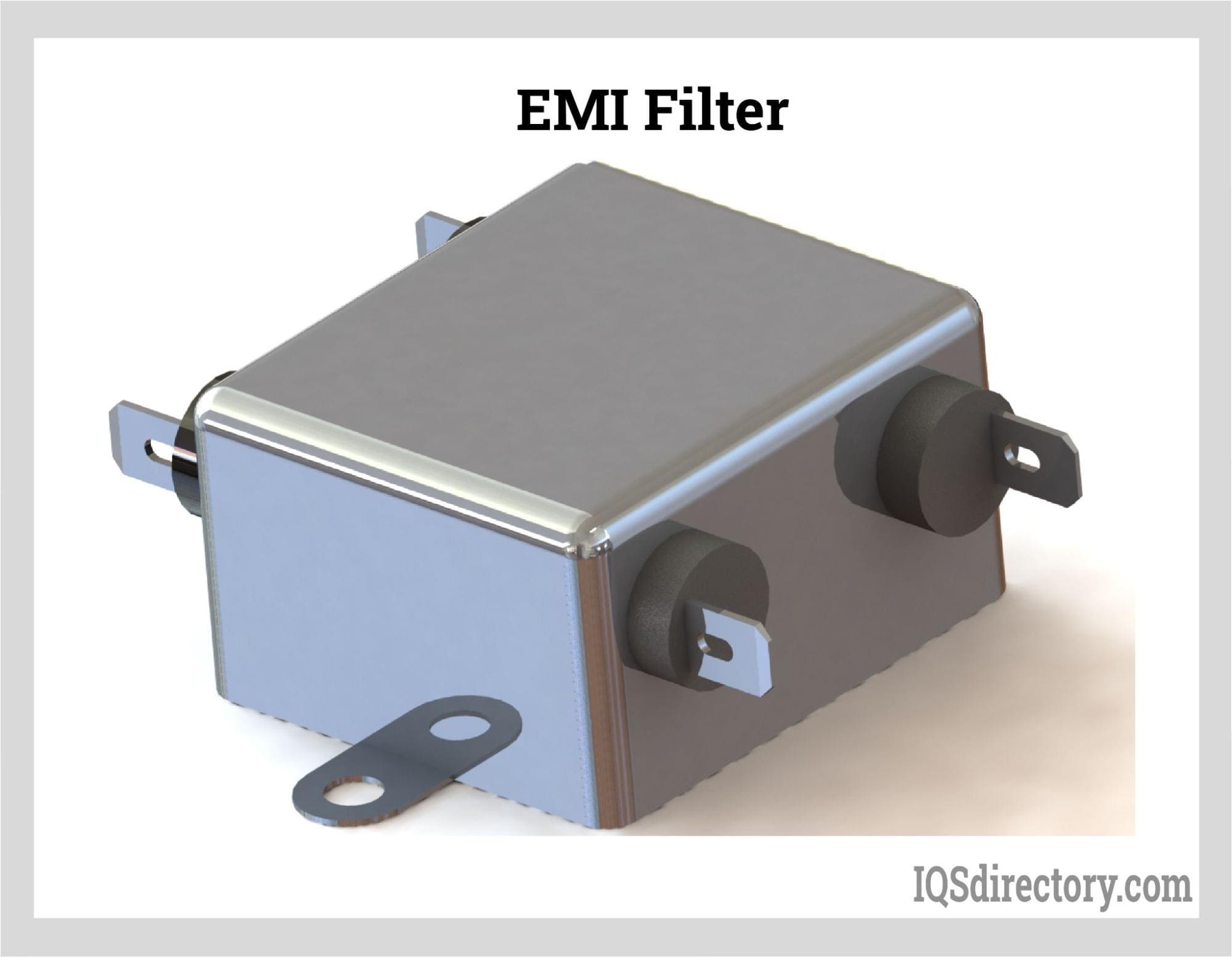
An electromagnetic interference or EMI Filter is an electrical device or circuit that filters specific unwanted frequencies in power lines or offending frequencies that are detrimental to a system. They receive AC or main power...
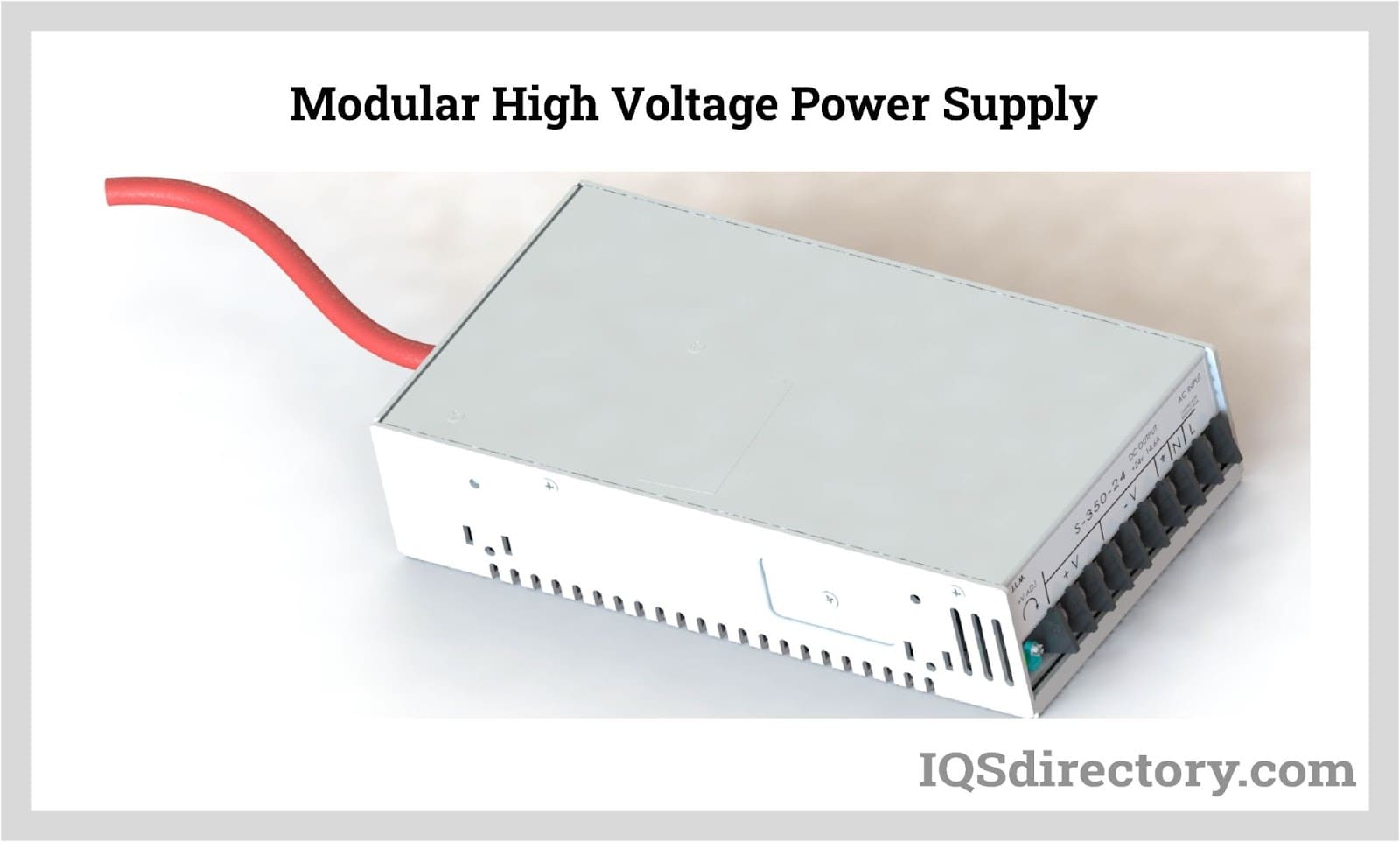
By definition a power supply is a device that is designed to supply electric power to an electrical load. An electrical load refers to an electrical device that uses up electric power. Such a device can be anything from...
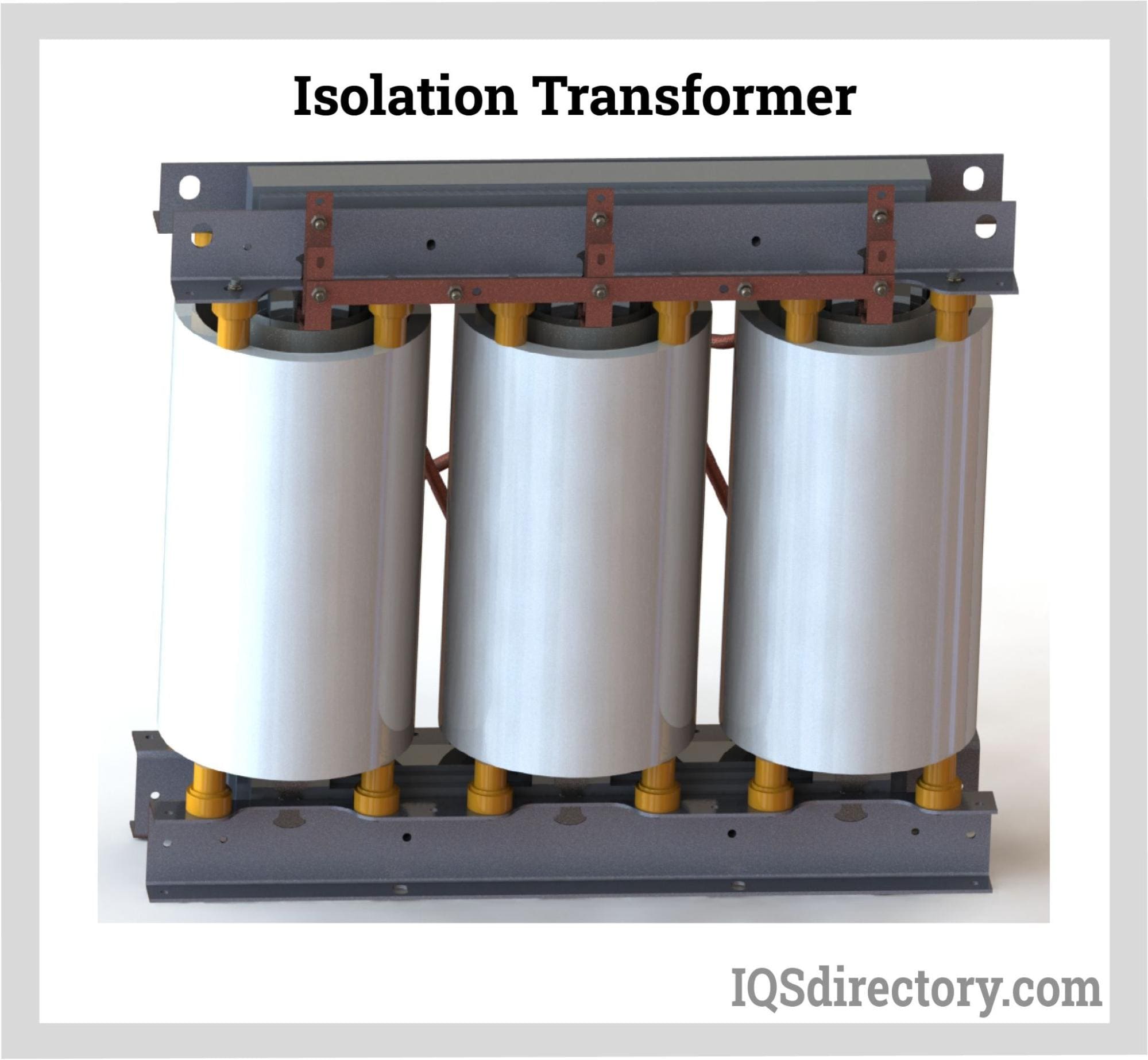
An isolation transformer, just like typical transformers, is a non-moving device that transmits electrical energy from one circuit to another without requiring any physical contact. It works on the idea of magnetic...
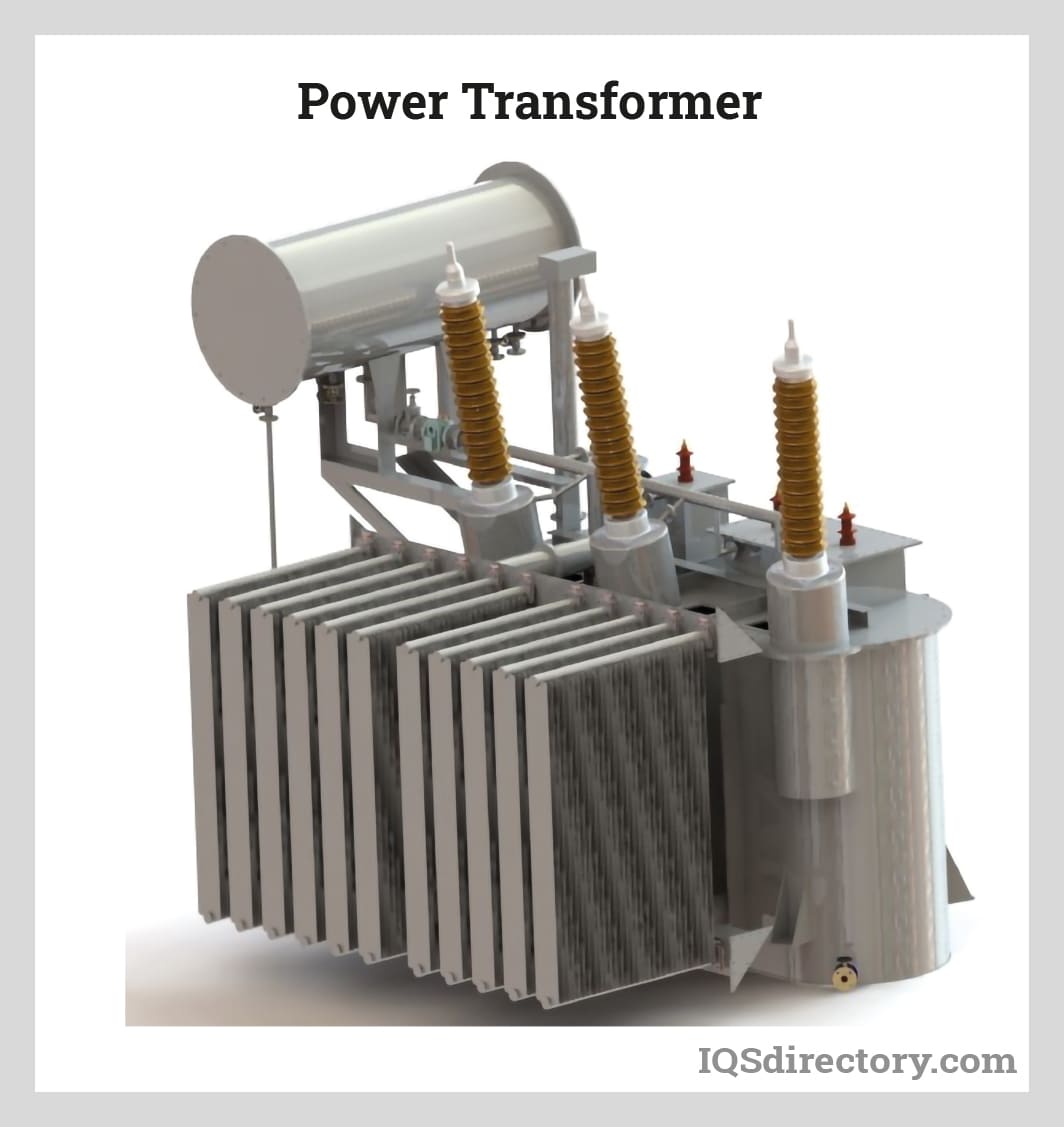
Power transformers are electrical instruments used in transmitting electrical power from one circuit to another without changing the frequency. They operate by the principle of electromagnetic induction. They are used in transmitting electrical power between...
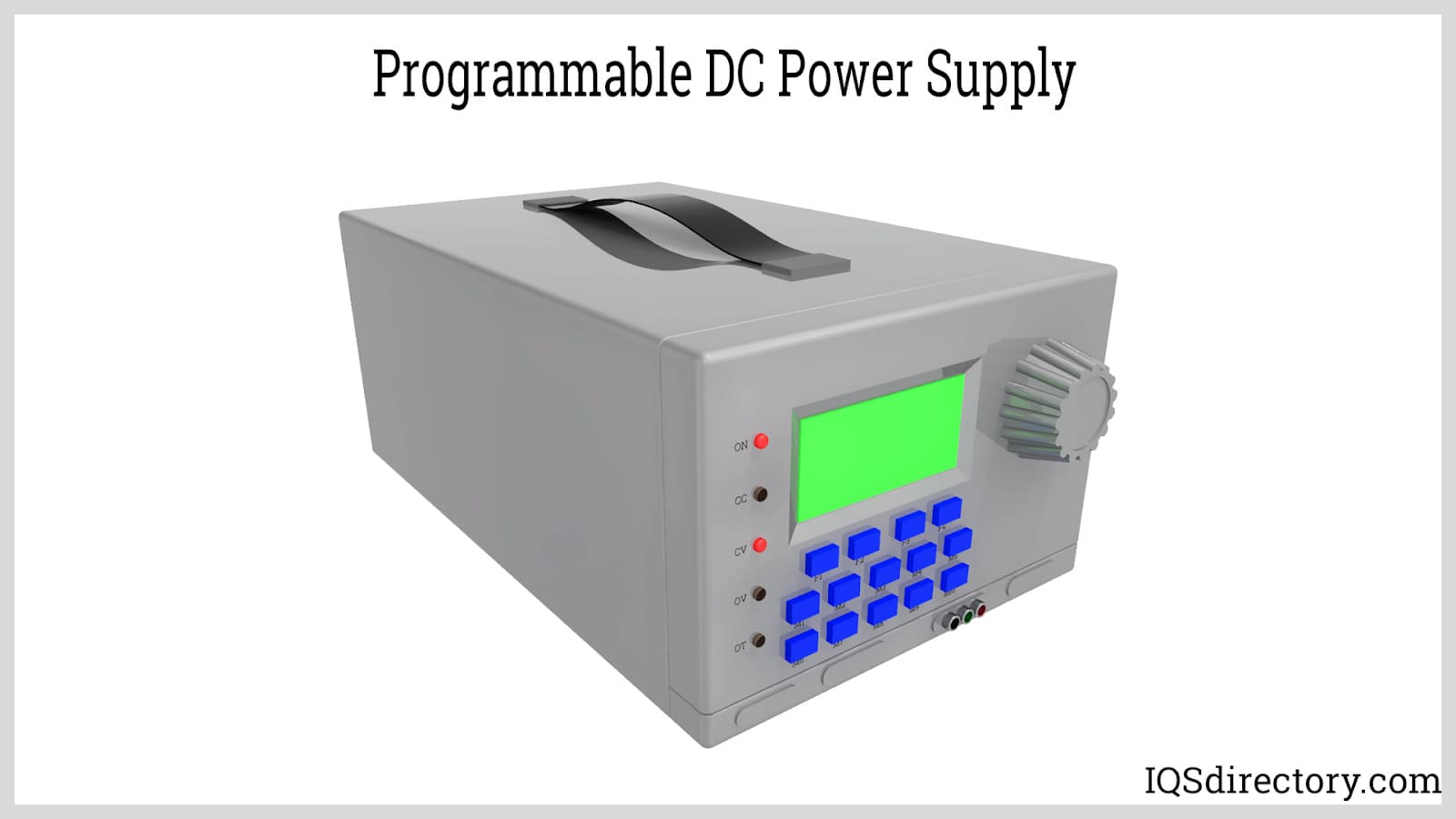
A programmable power supply is a method for controlling output voltage using an analog or digitally controlled signal using a keypad or rotary switch from the front panel of the power supply...
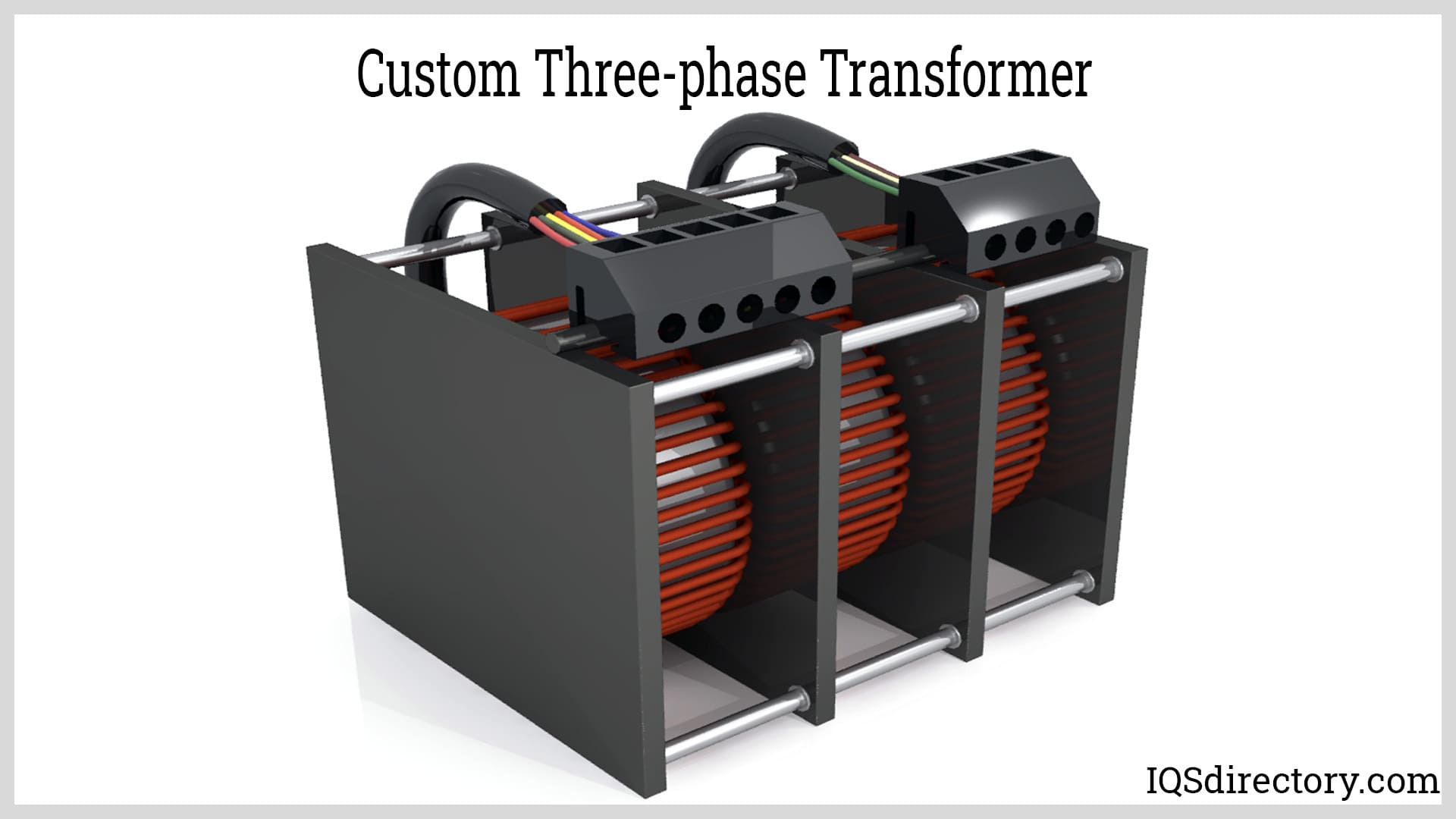
An electrical transformer is a passive machine that transfers electrical energy from one circuit to another using a magnetic flux to induce an electromotive force. Transformers are used to increase (step-up) or decrease (step-down) voltages without changing the frequency of the electric current...
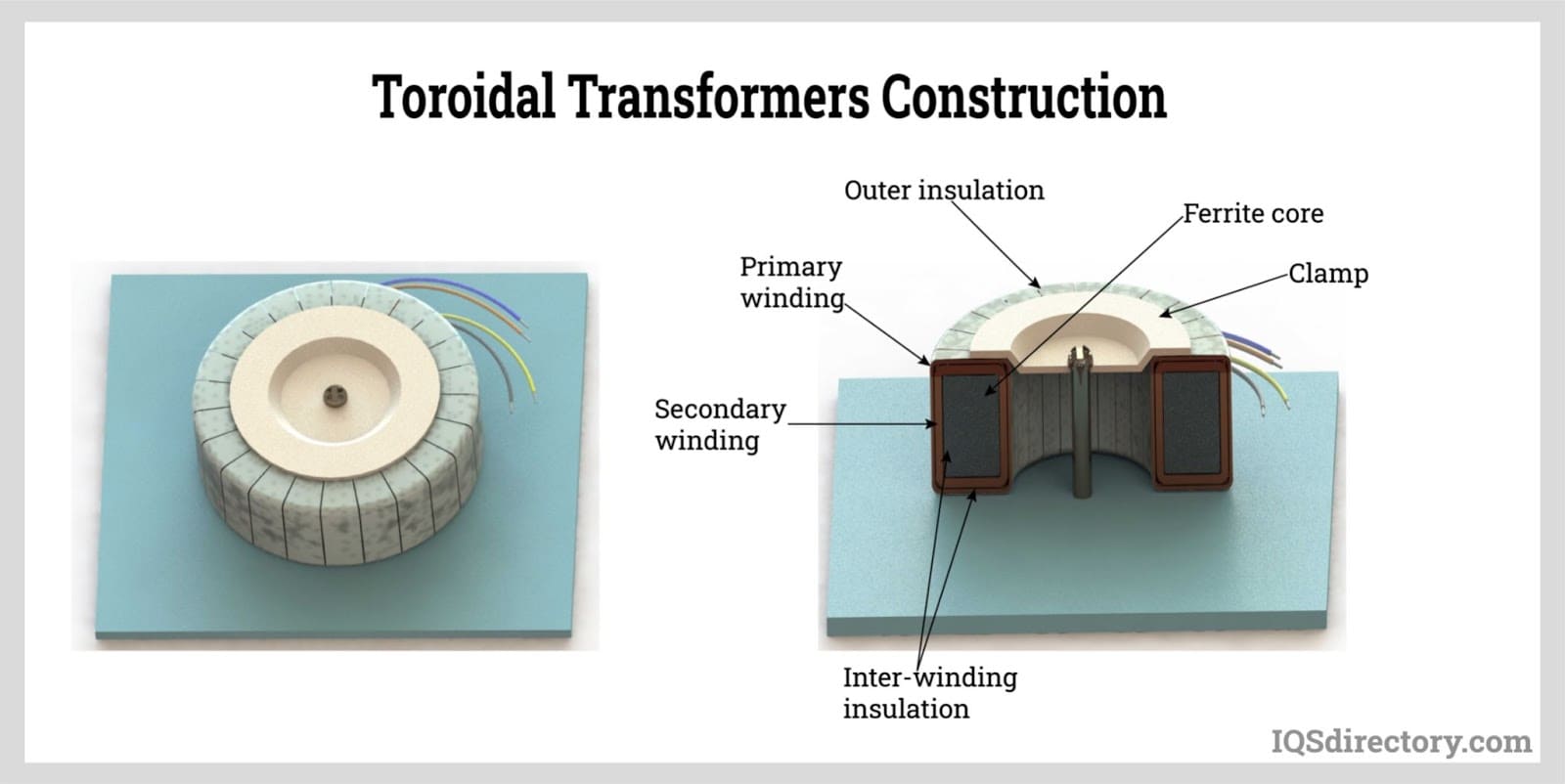
A toroidal transformer is a type of electrical transformer constructed with a torus or donut-shaped core. Its primary and secondary windings are wound across the entire surface of the torus core separated by an insulating material...
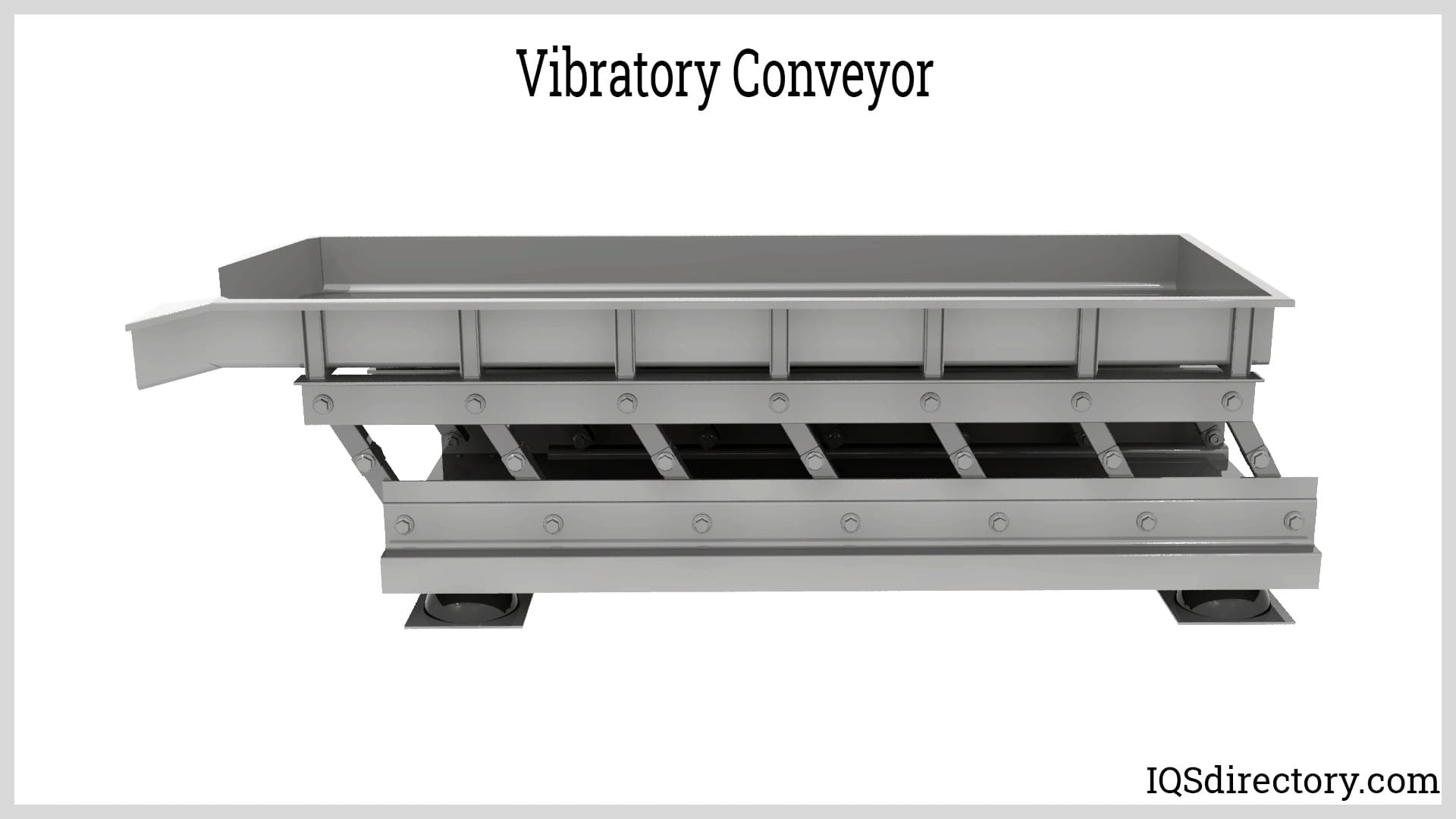
Vibratory conveyors are material-handling equipment used to transport fine to coarse-grained bulk materials. These vibratory conveyors are strong conveying equipment utilized for bulk commodities with fine to coarse graininess...
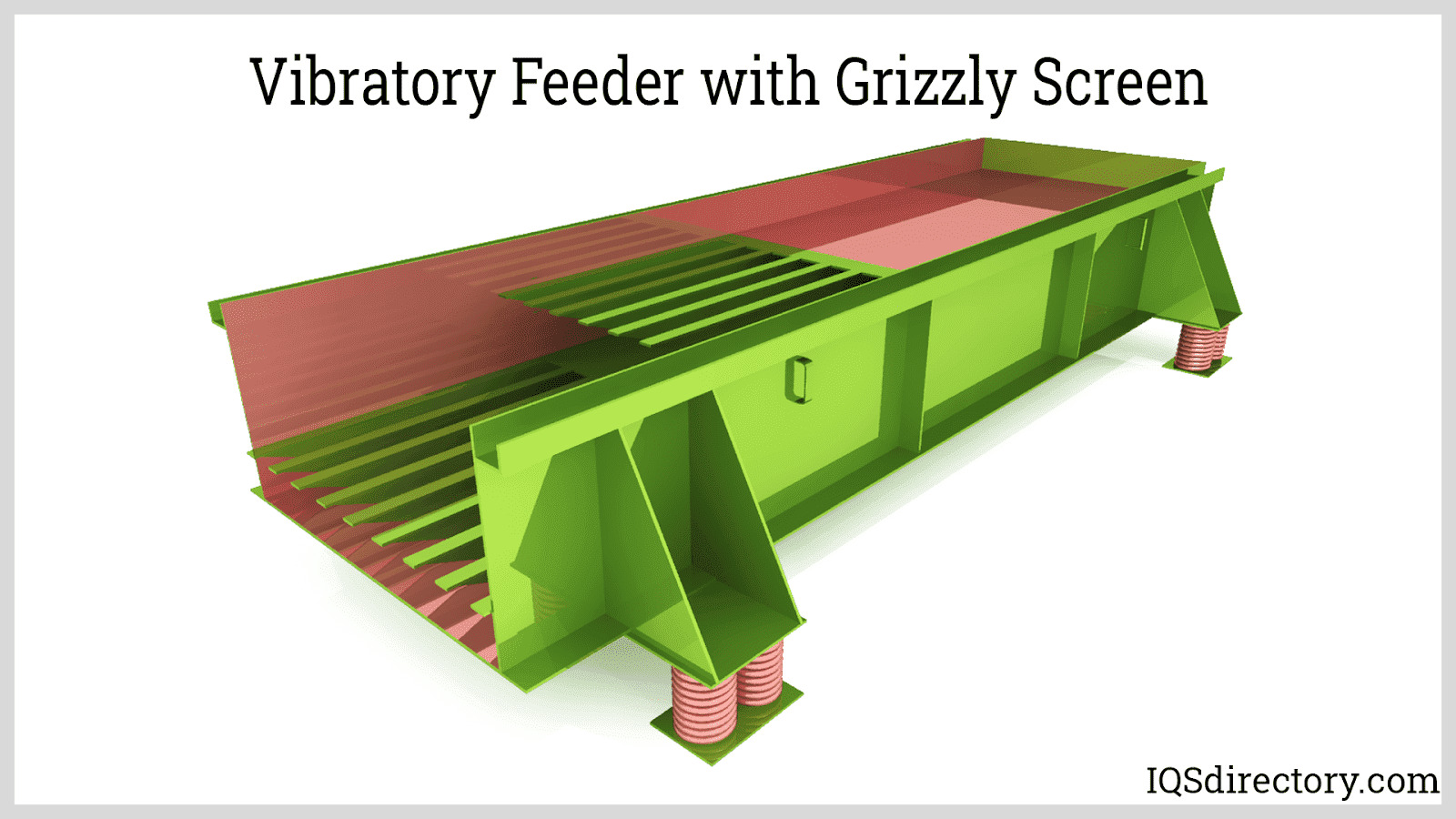
Vibratory feeders are short conveyors used to transport bulk materials utilizing a controlled vibratory force system and gravity. The vibrations impart a combination of horizontal and vertical acceleration through tossing, hopping, or sliding-type of action to the materials being handled...
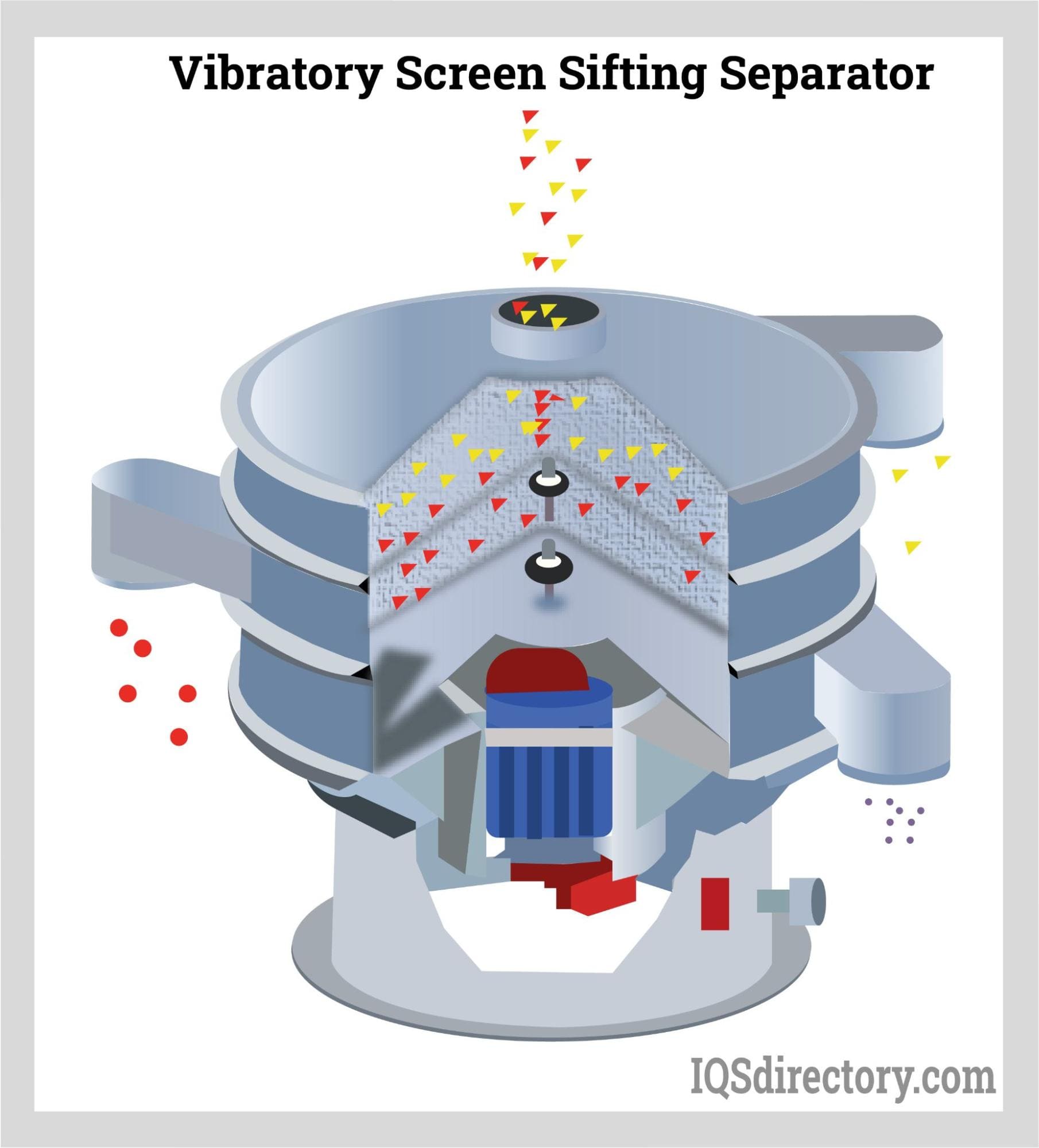
A vibratory screening is a process that separates bulk solid materials from solids and slurries using inertial vibration that causes various sizes of particles to pass through openings in a screen or...
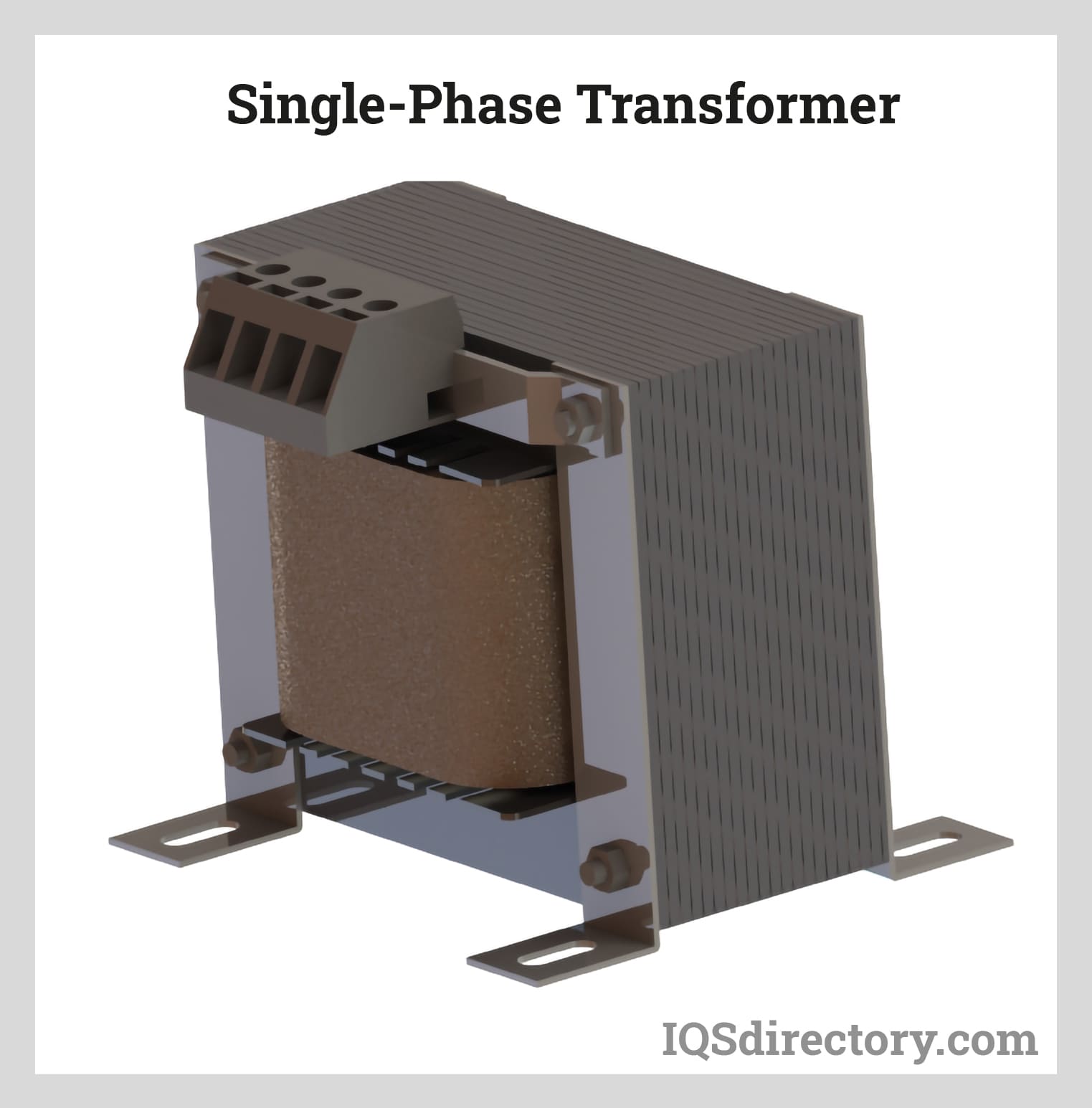
Electronically operated equipment depends on power transformers to convert electrical currents into voltage. Current transformers store and transport energy through power lines and grids...